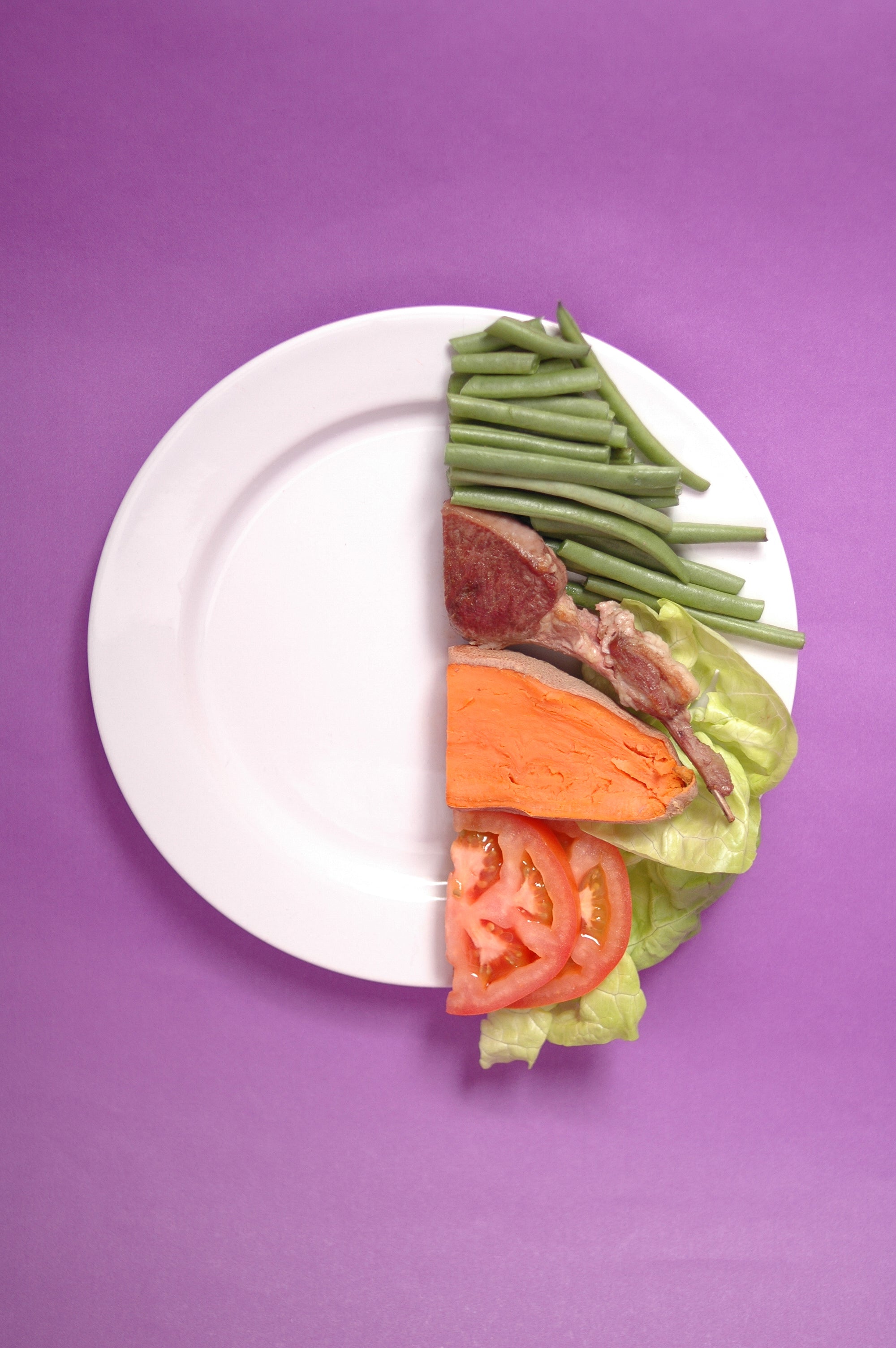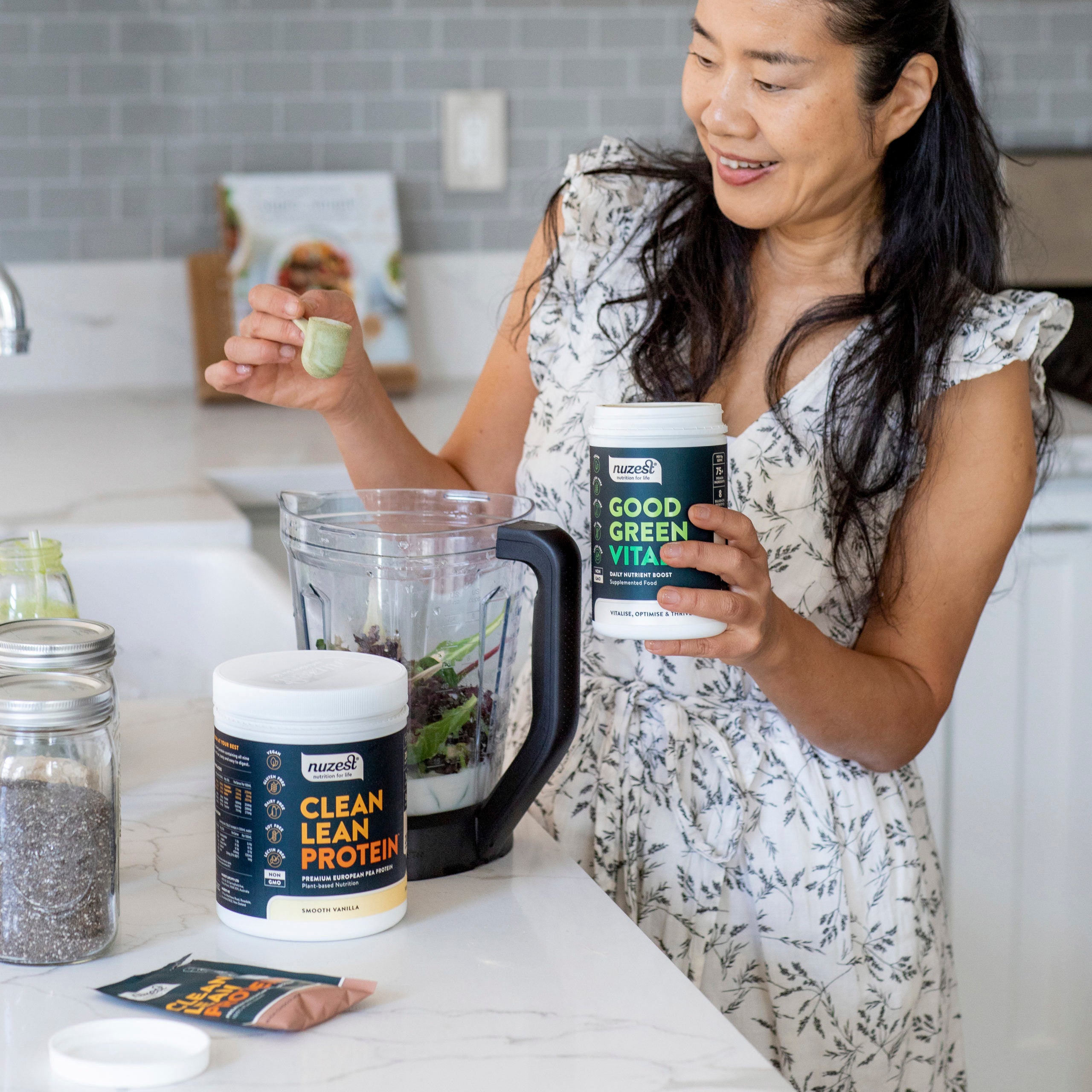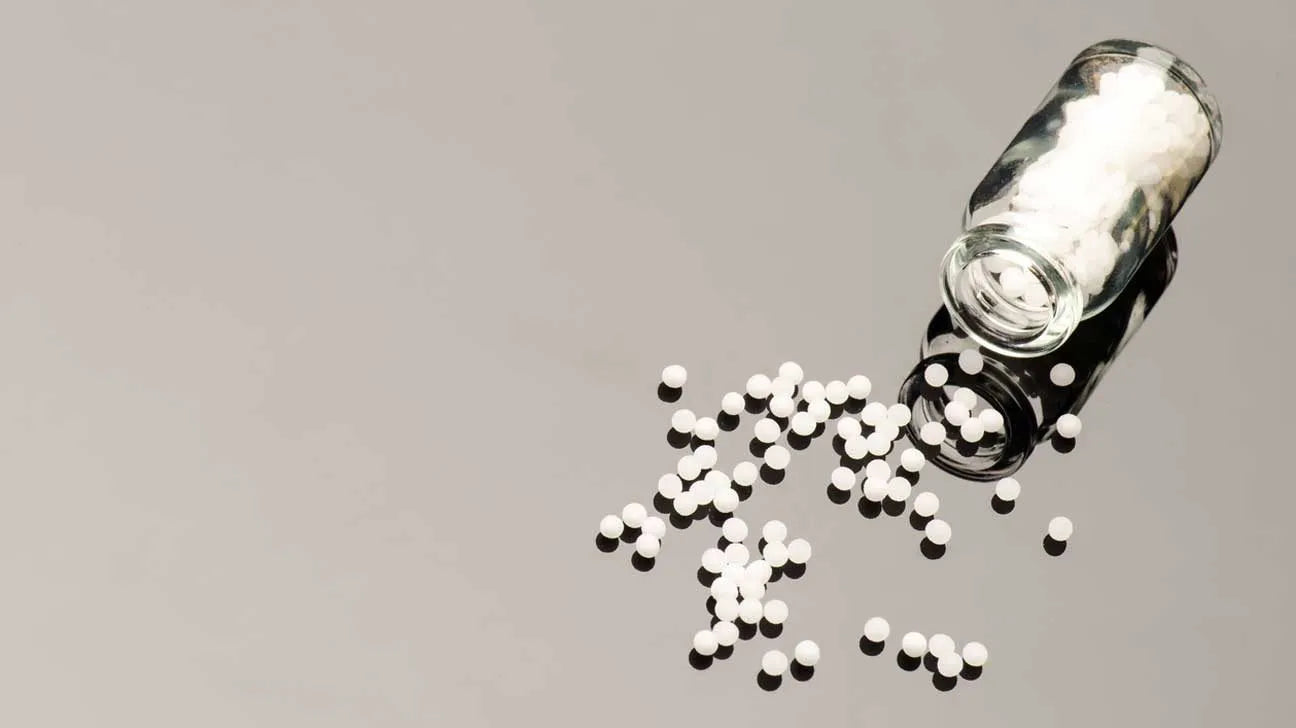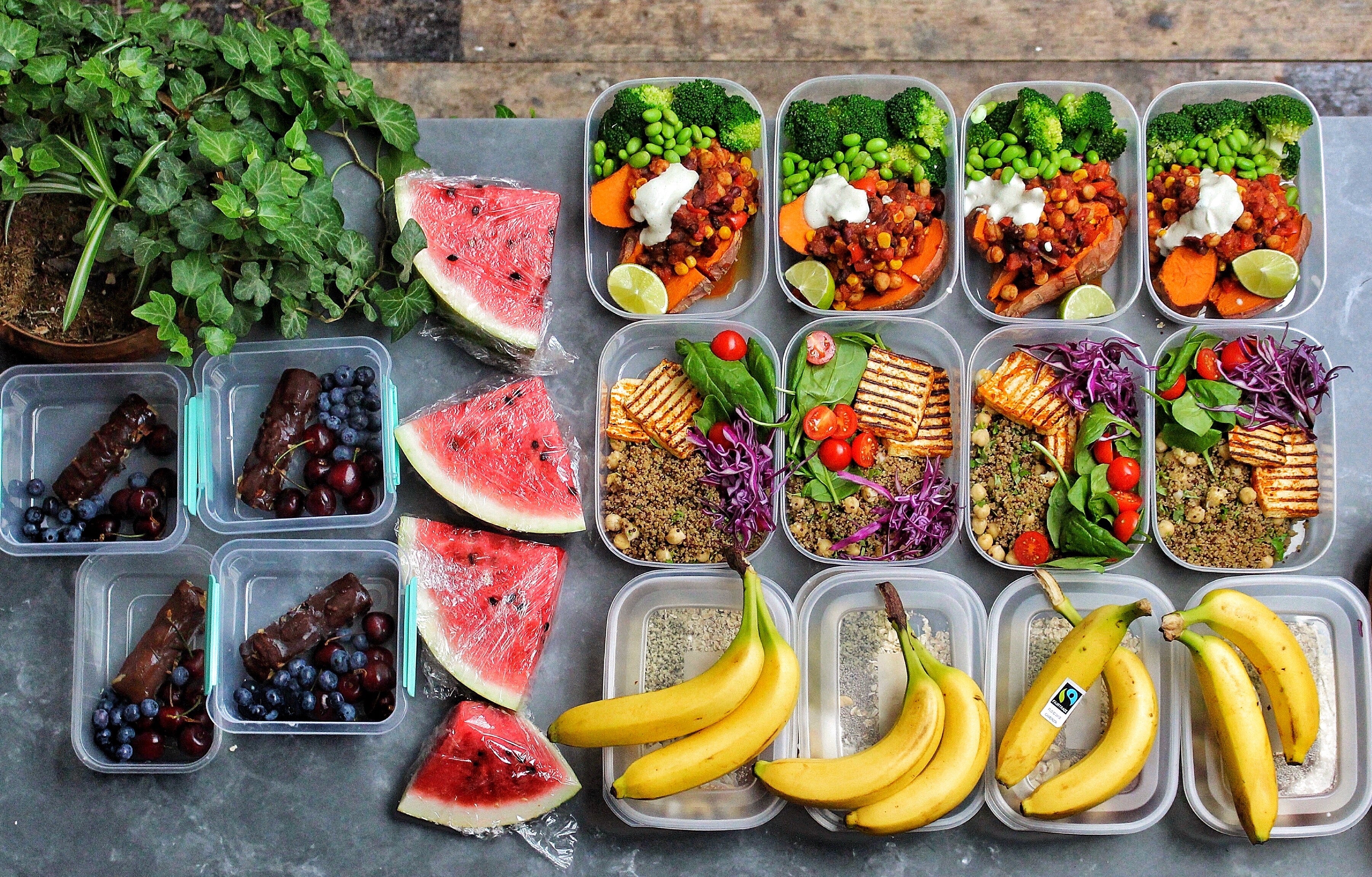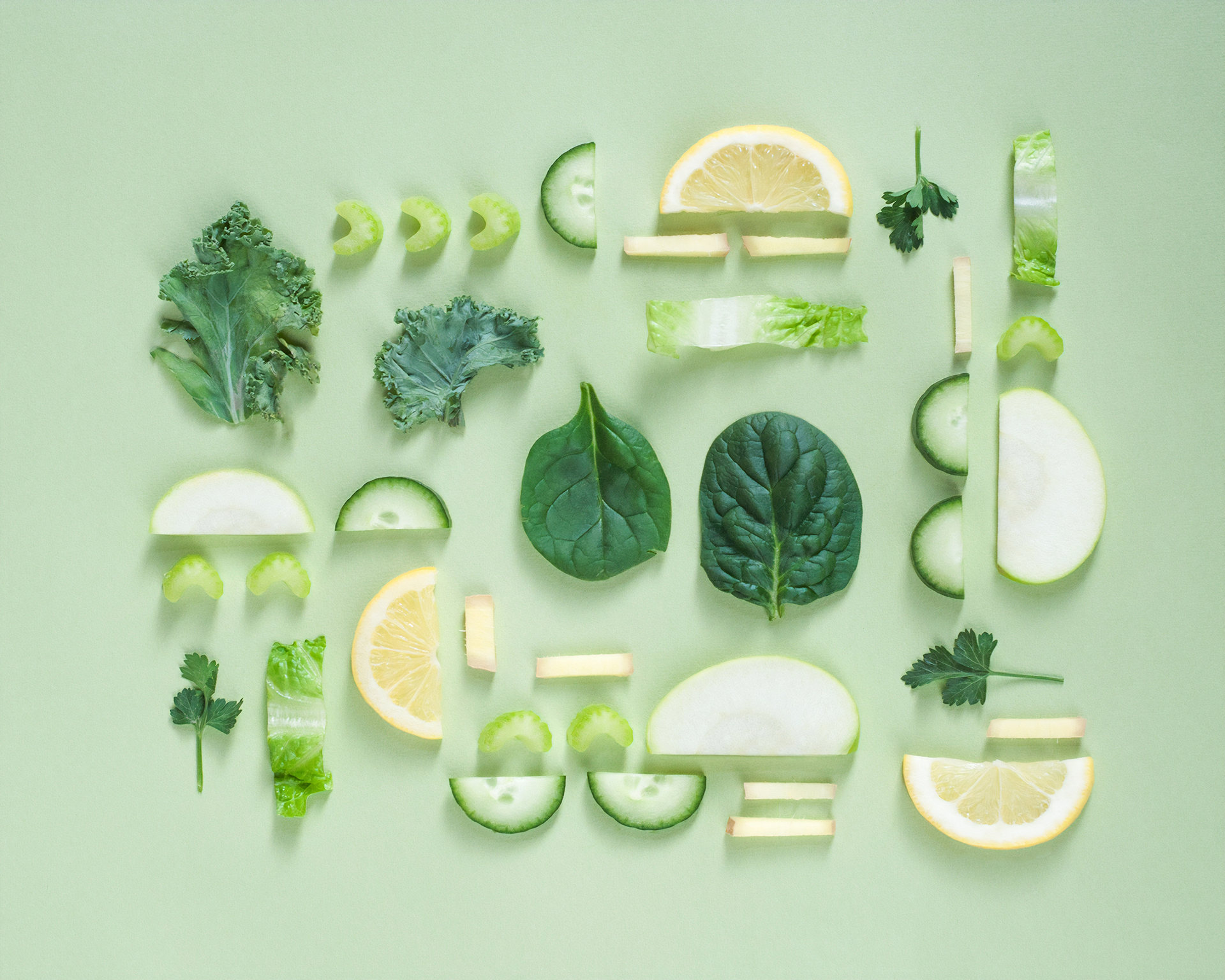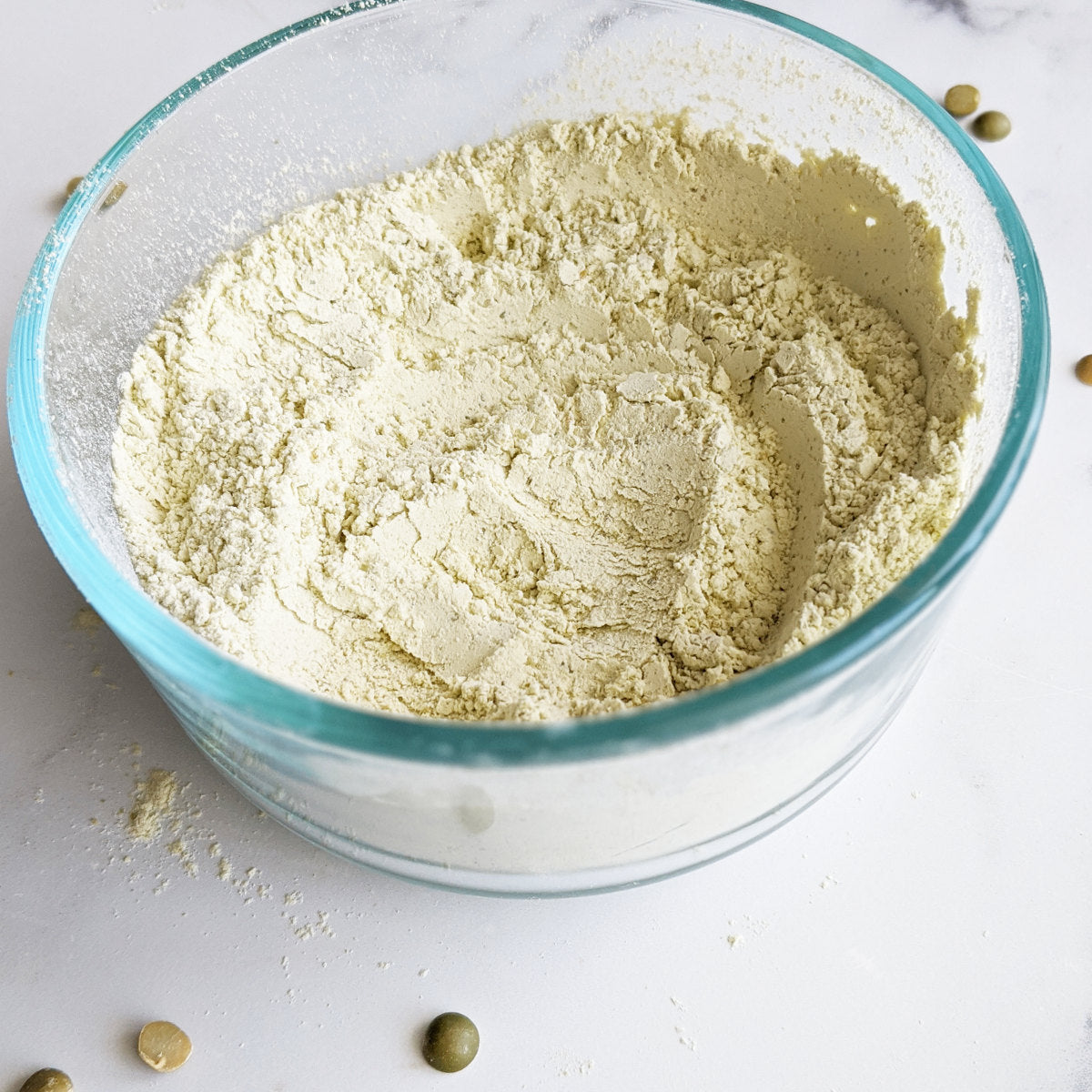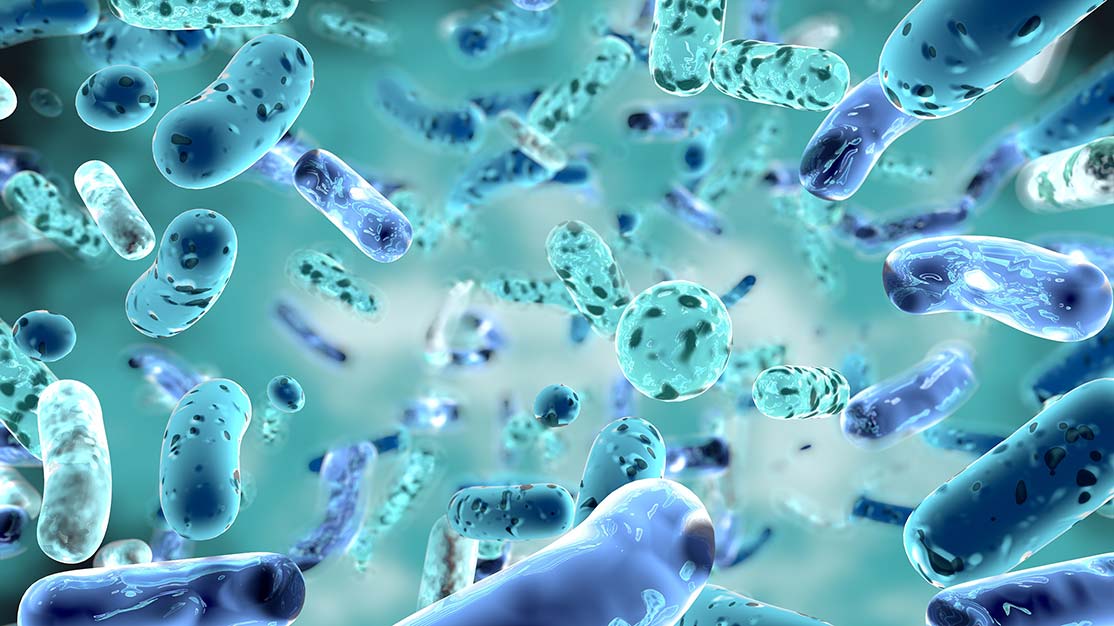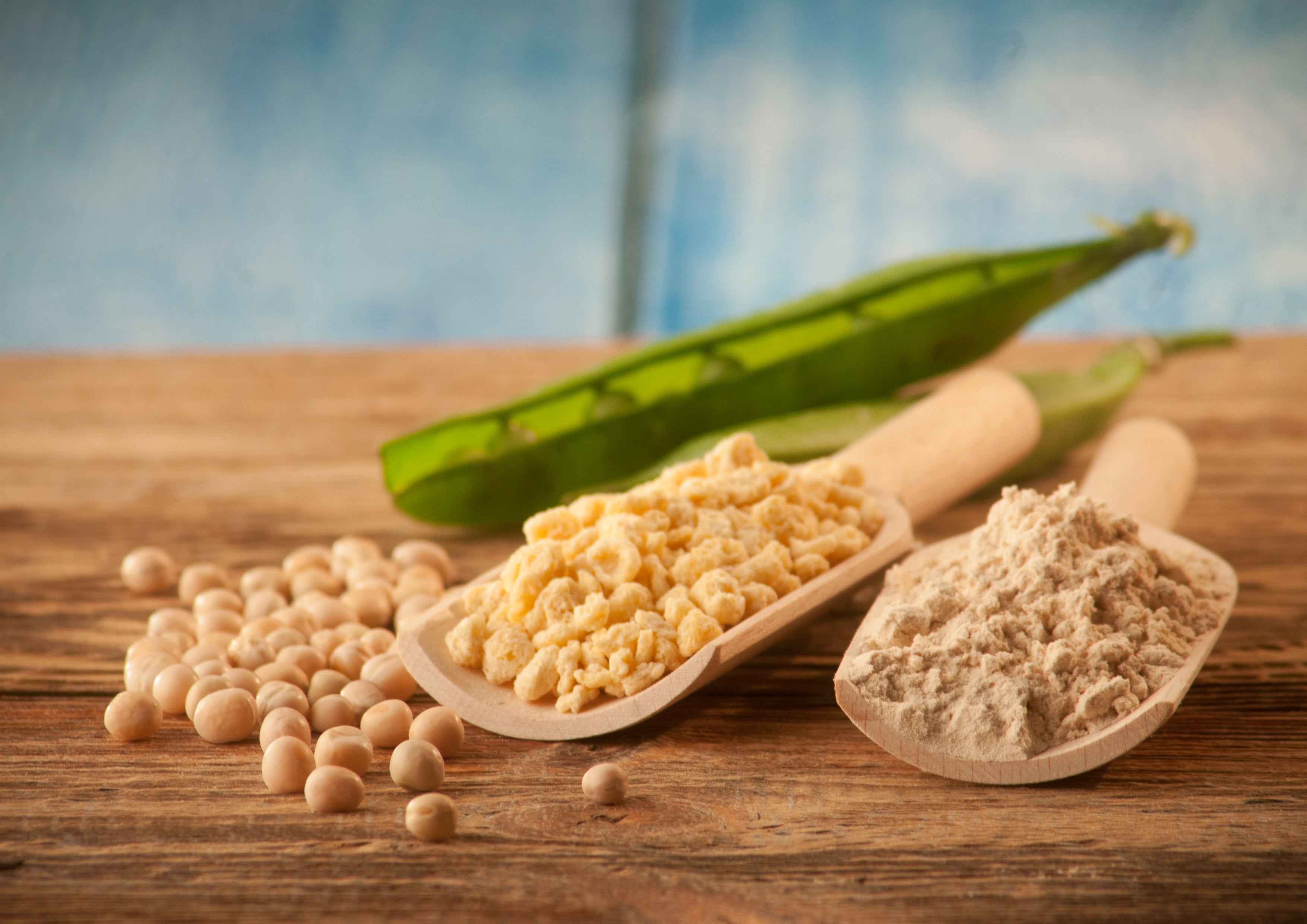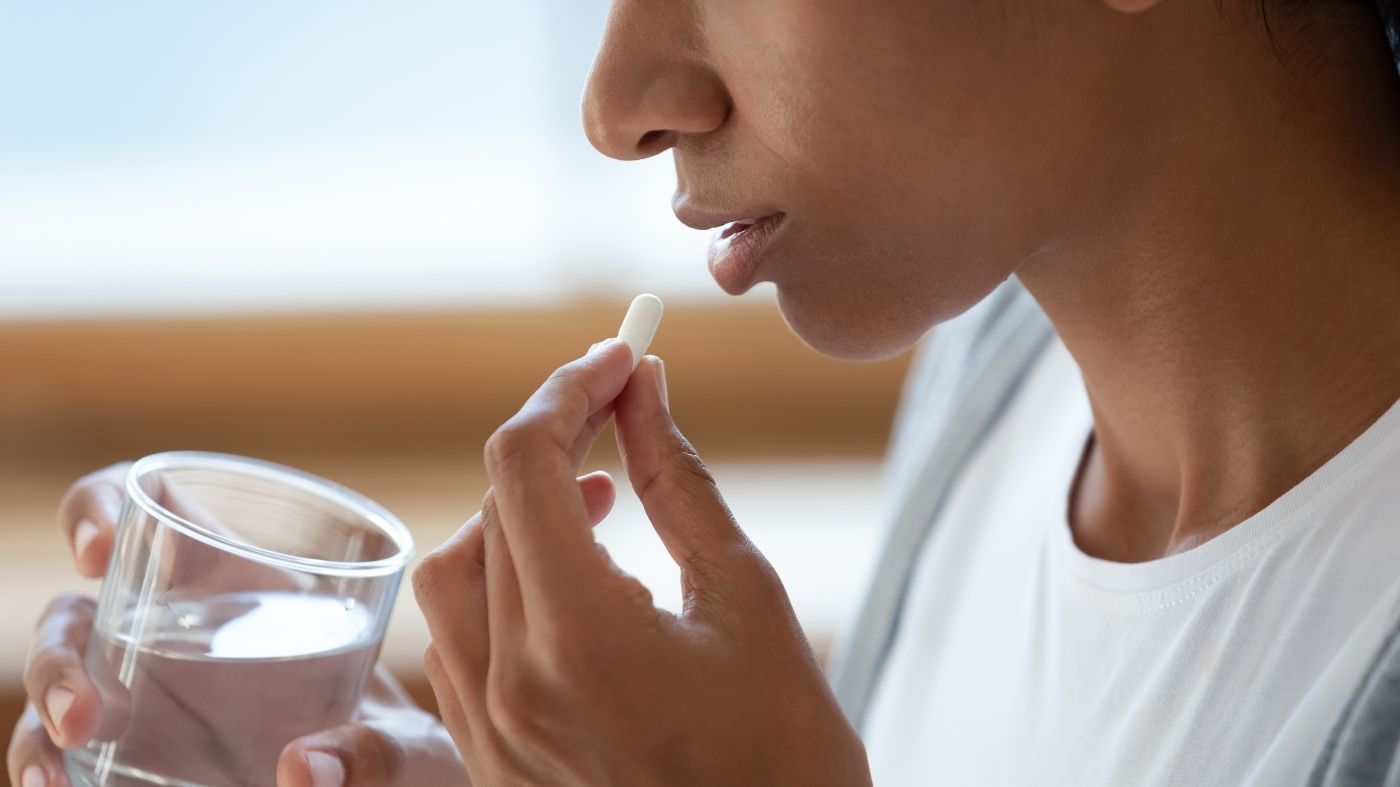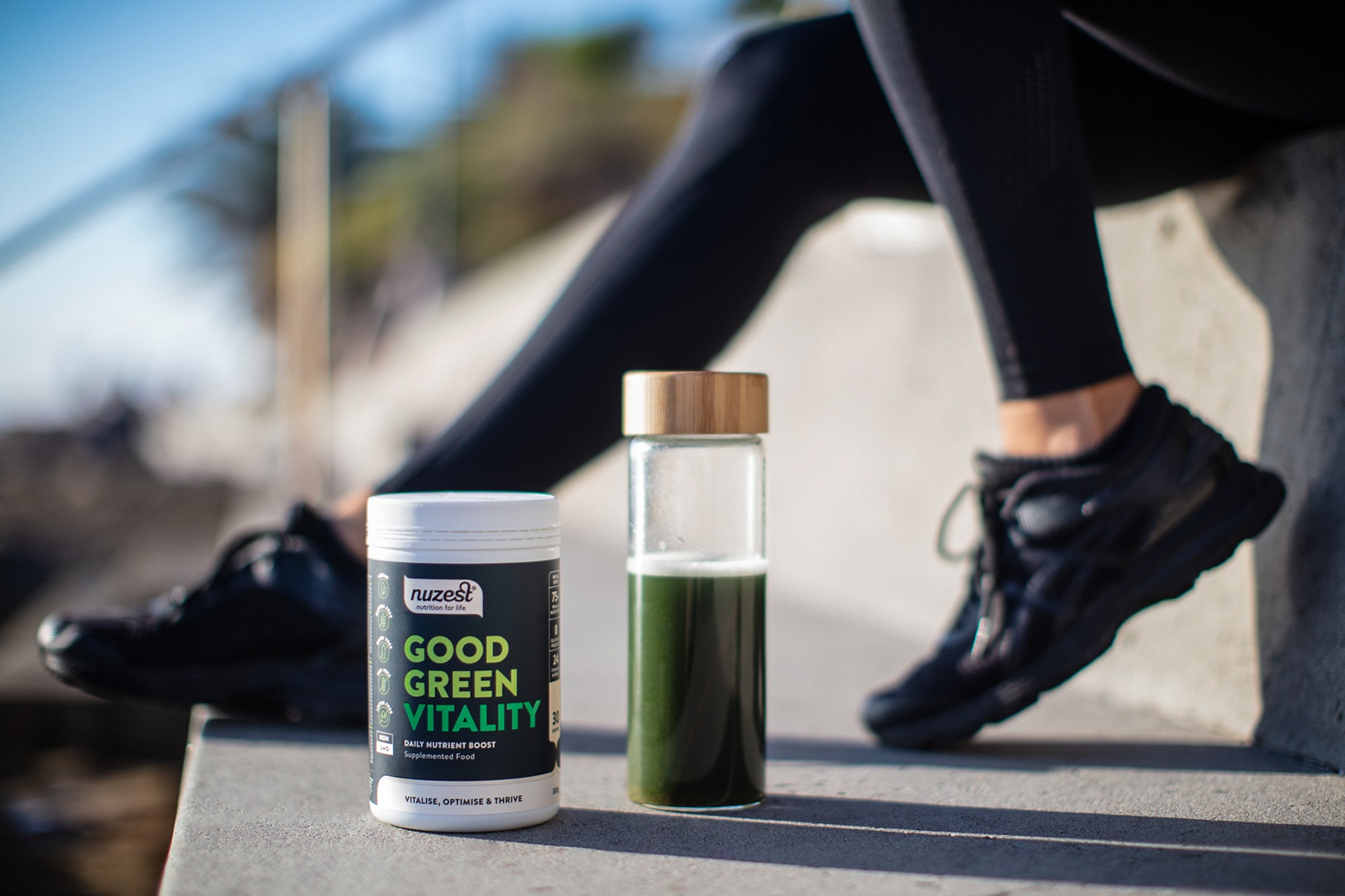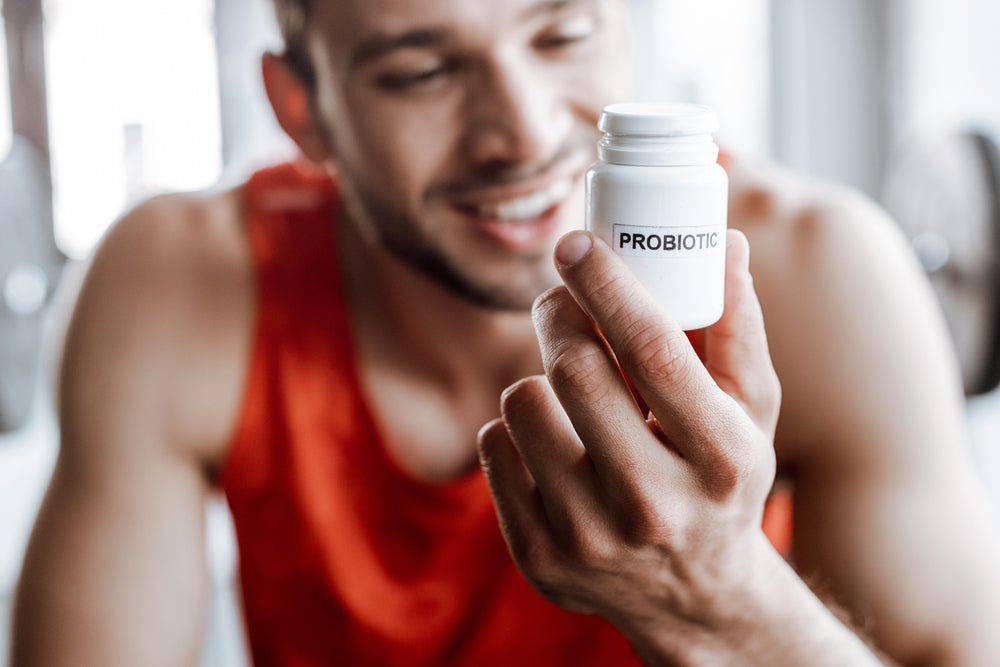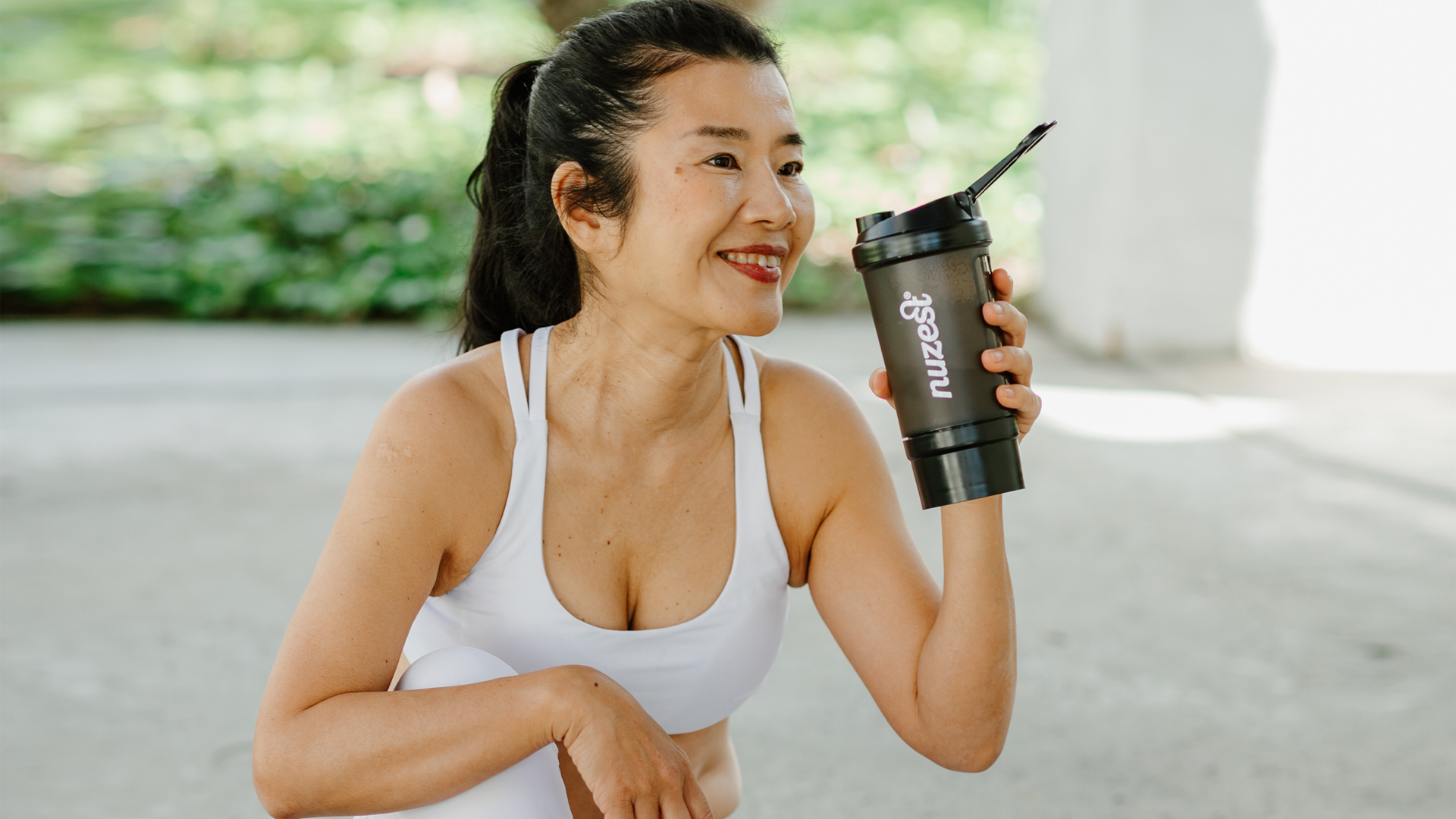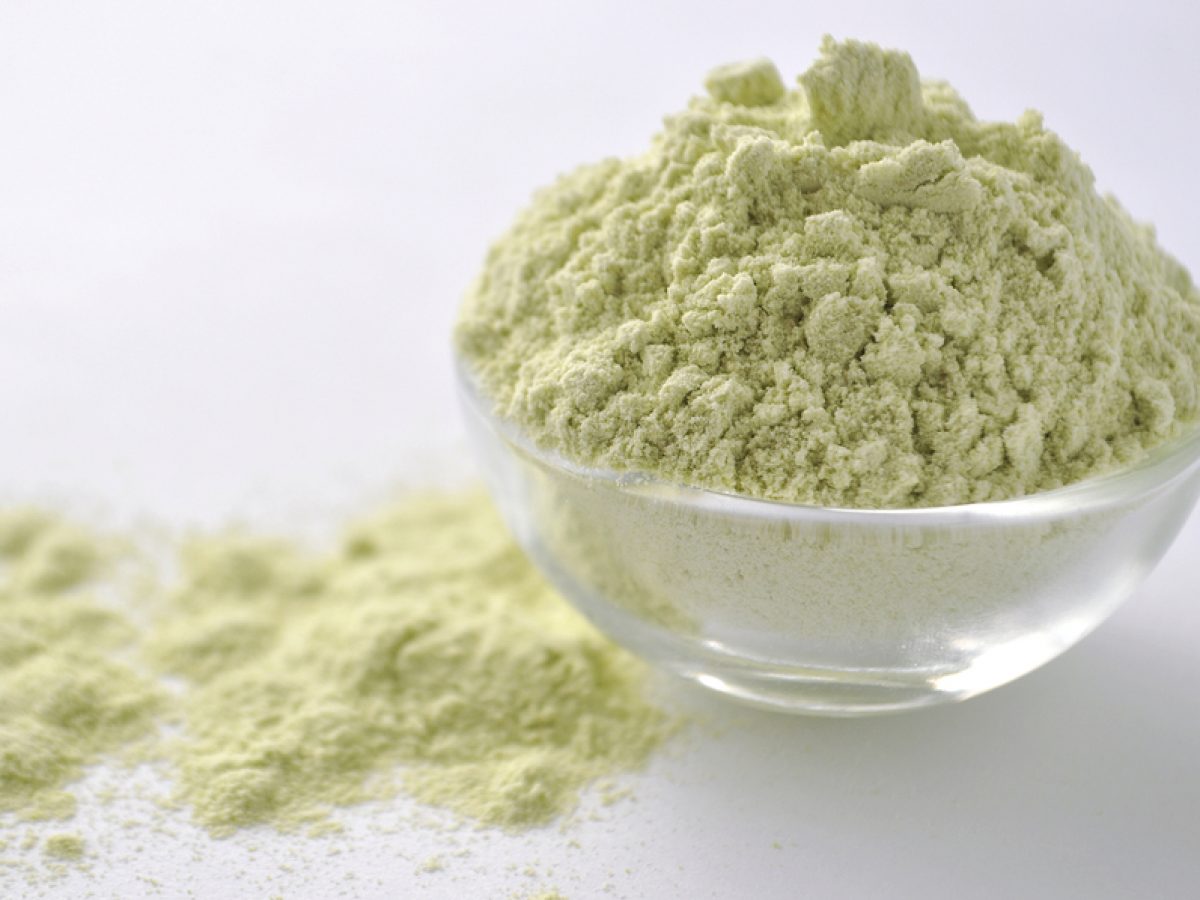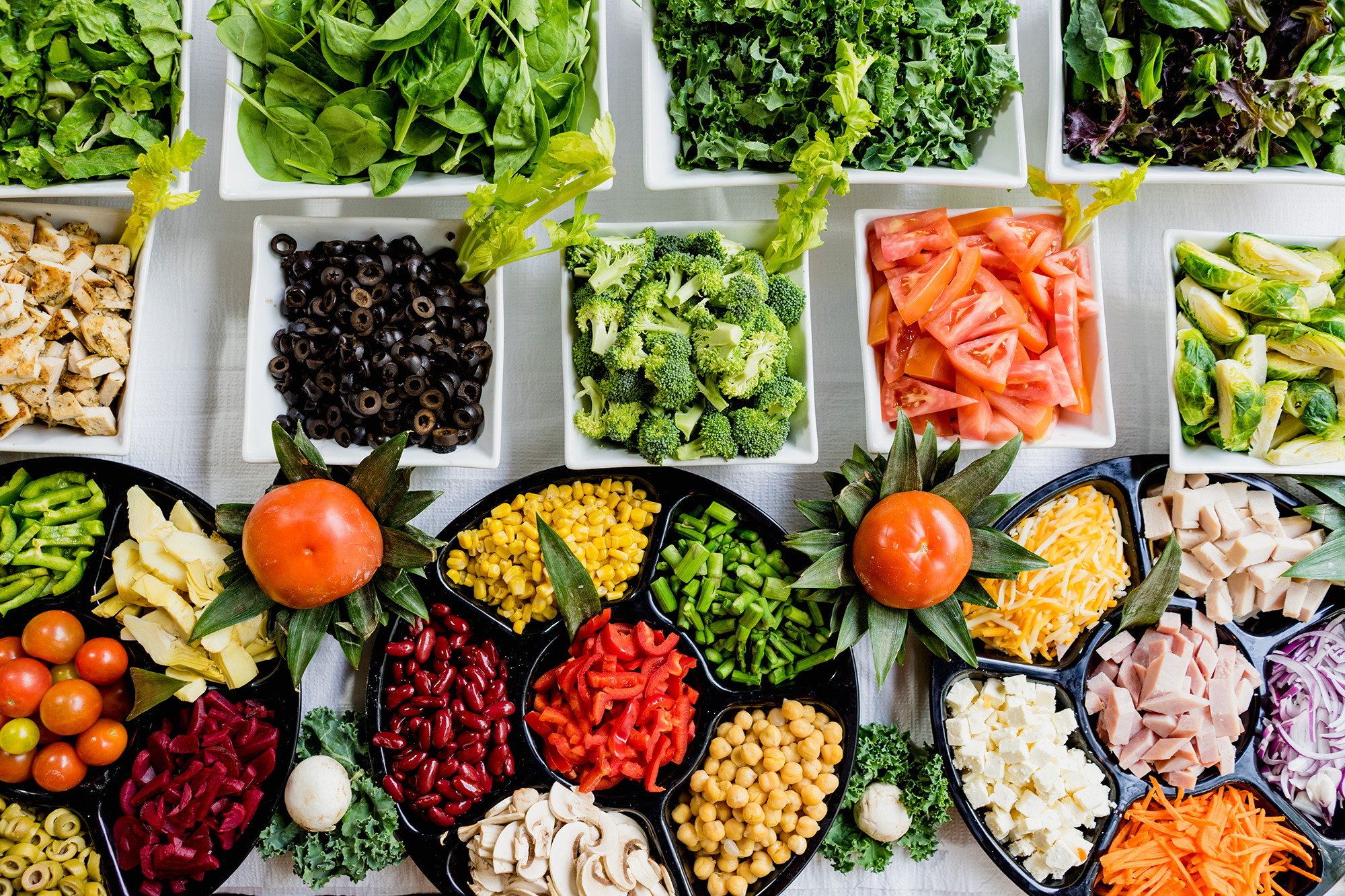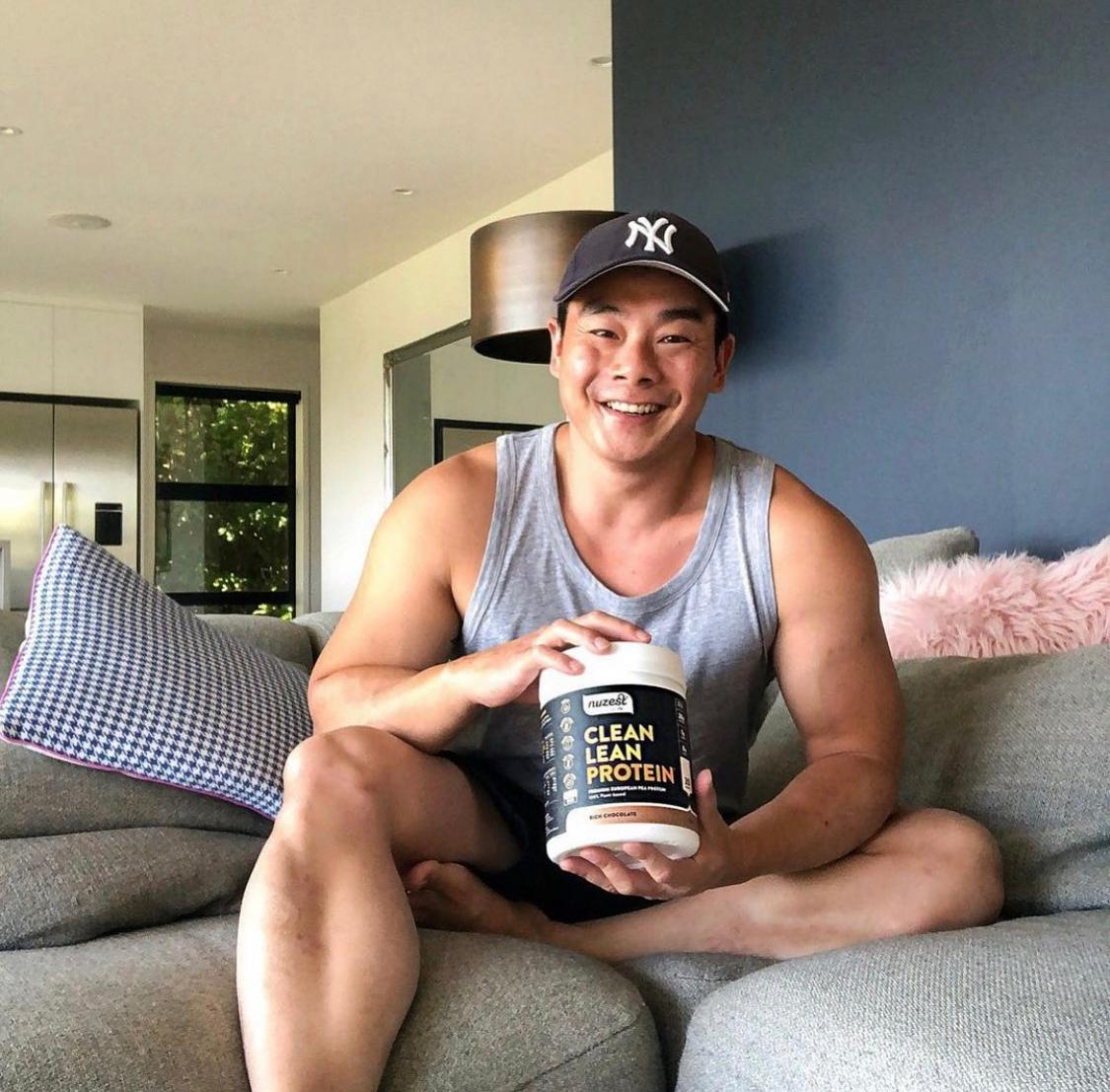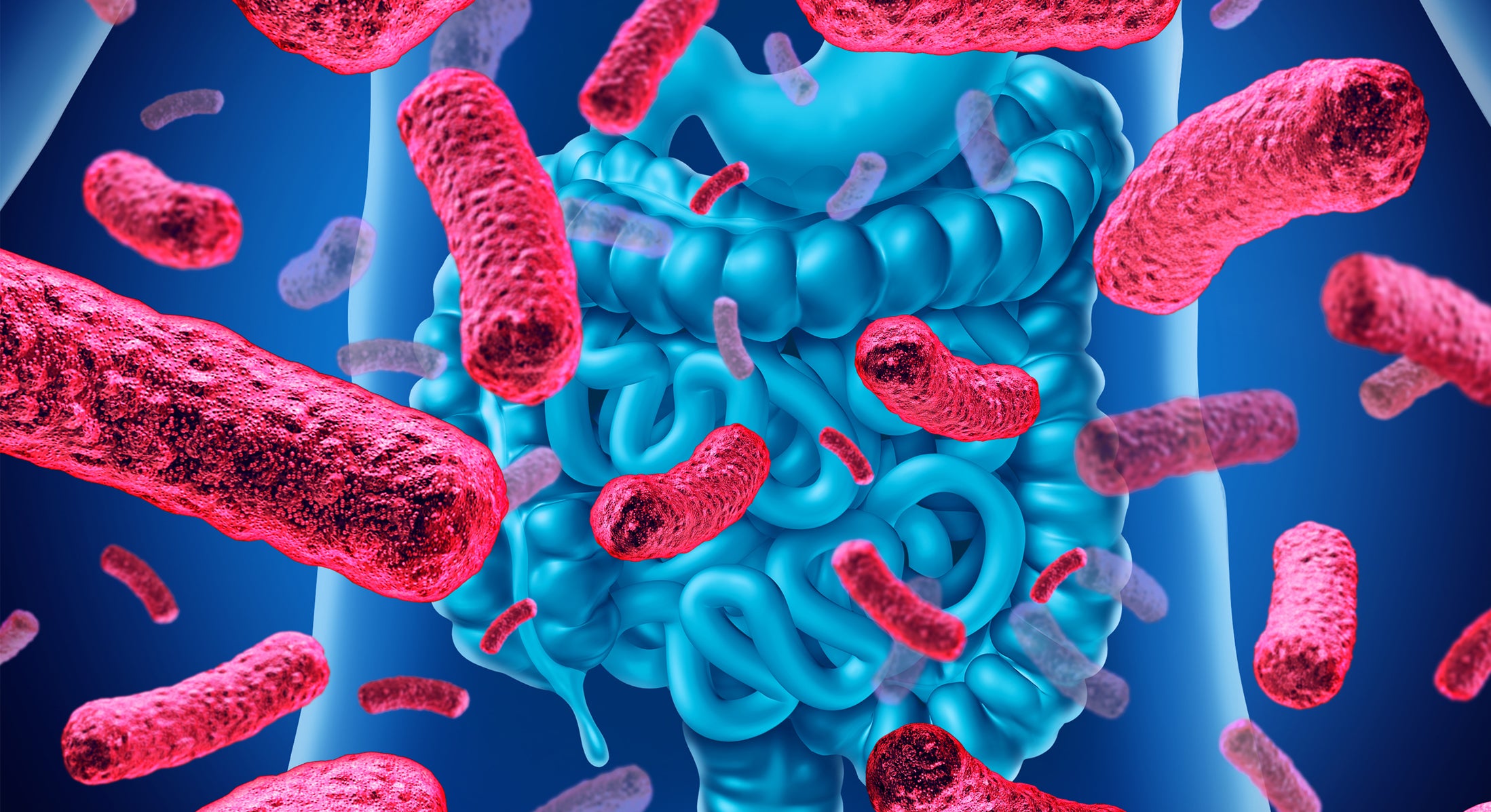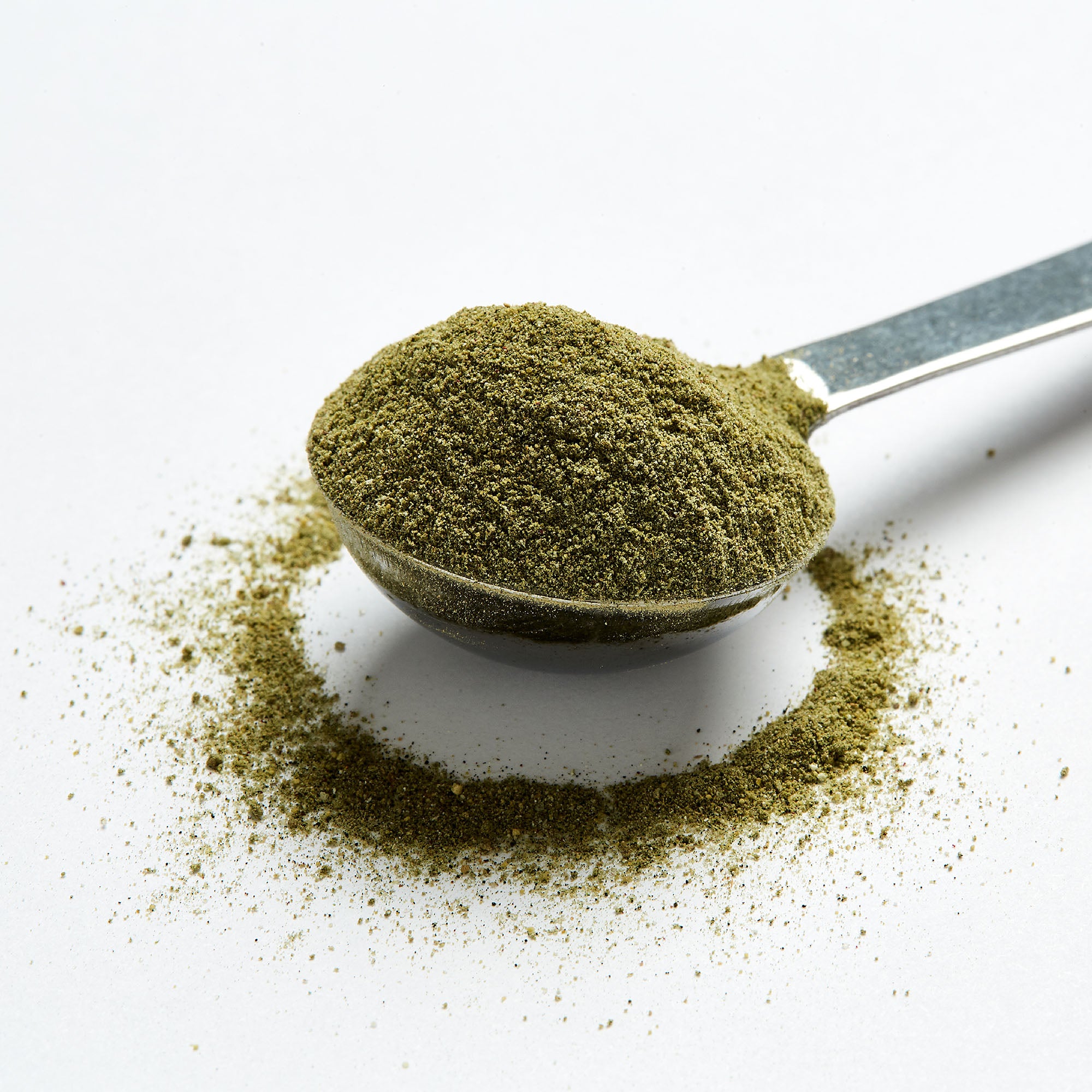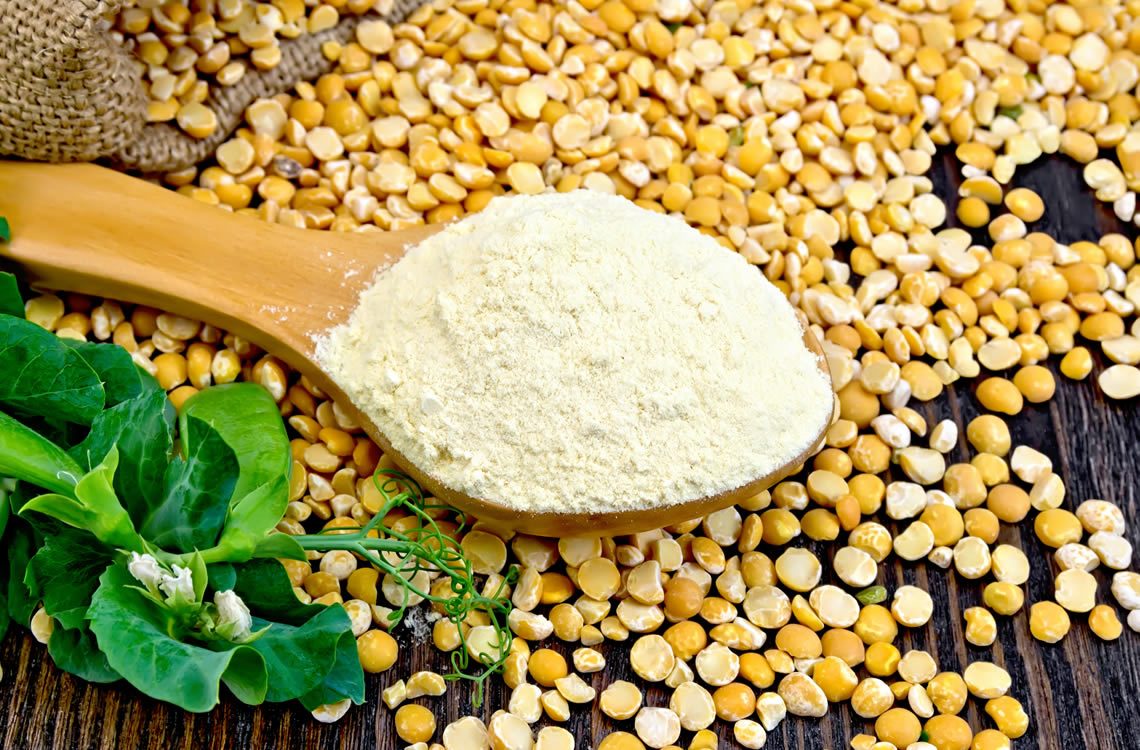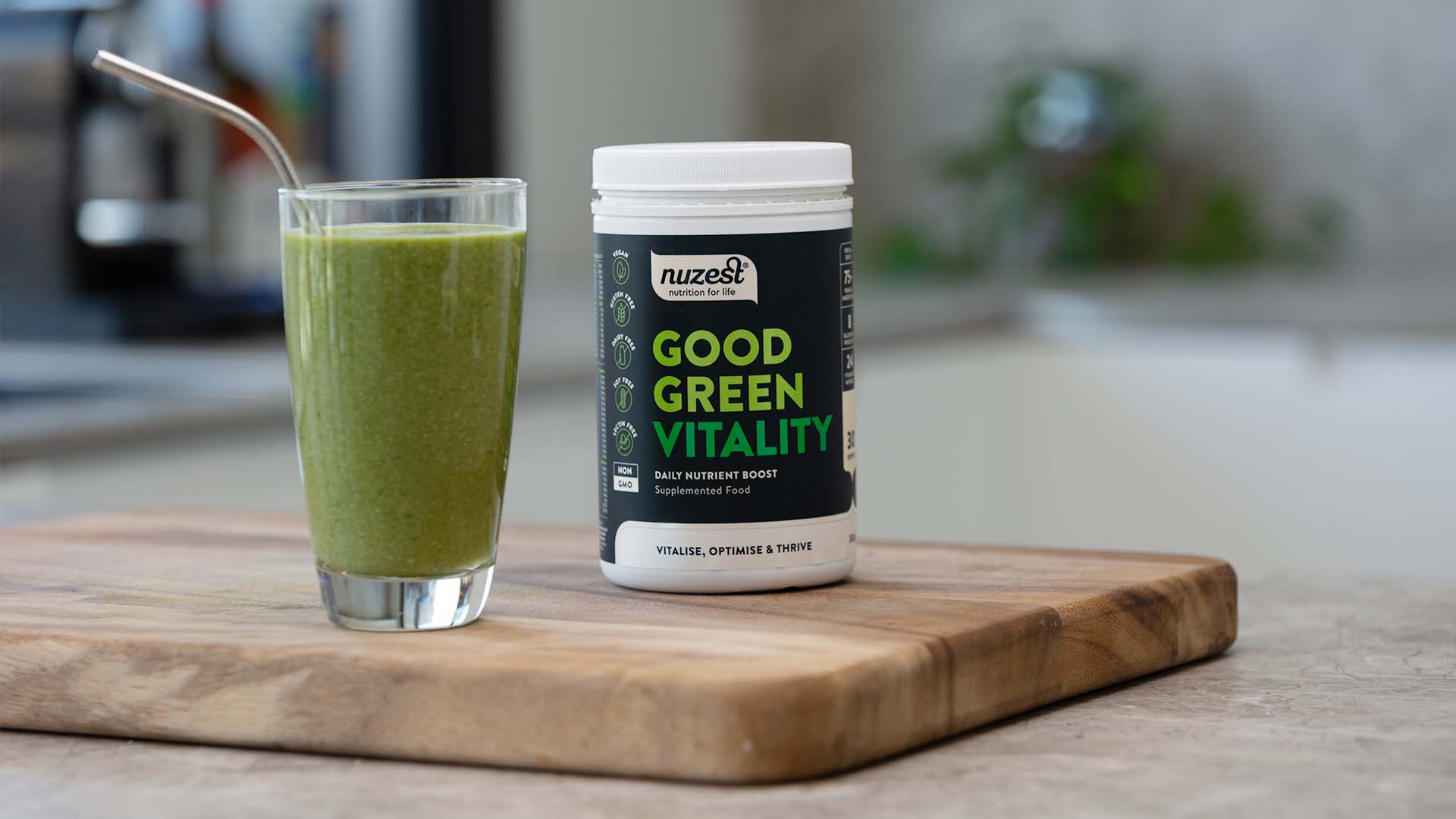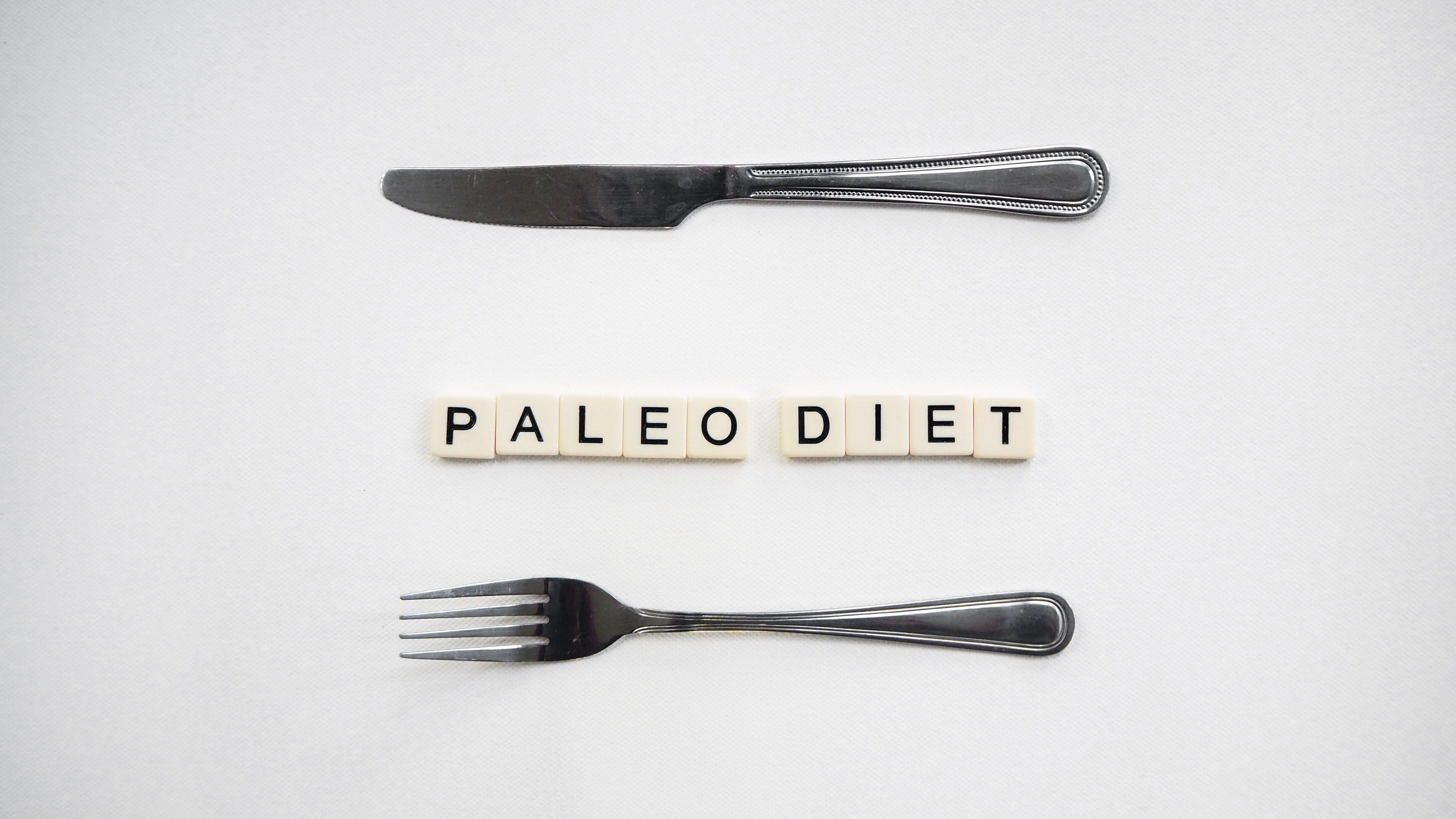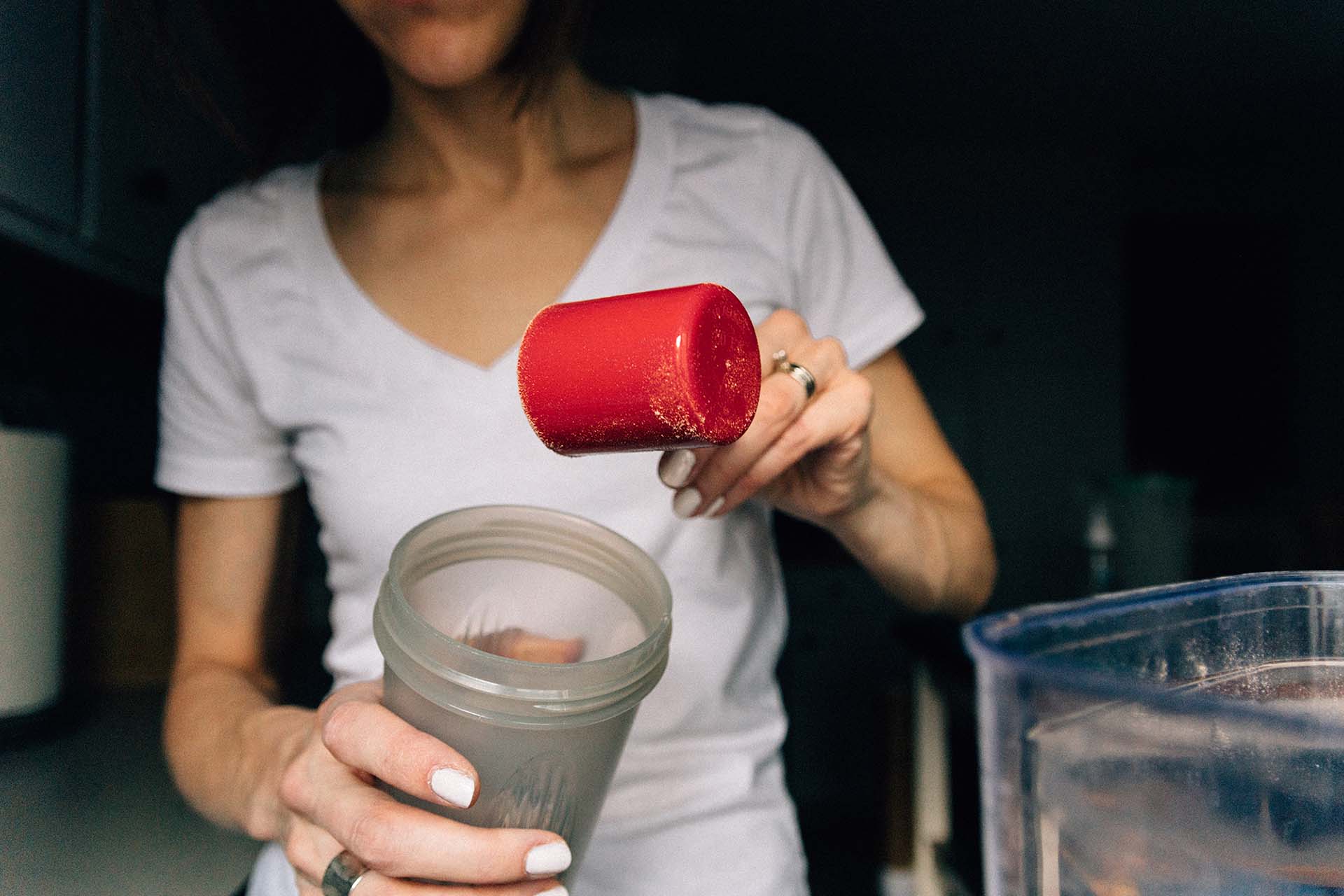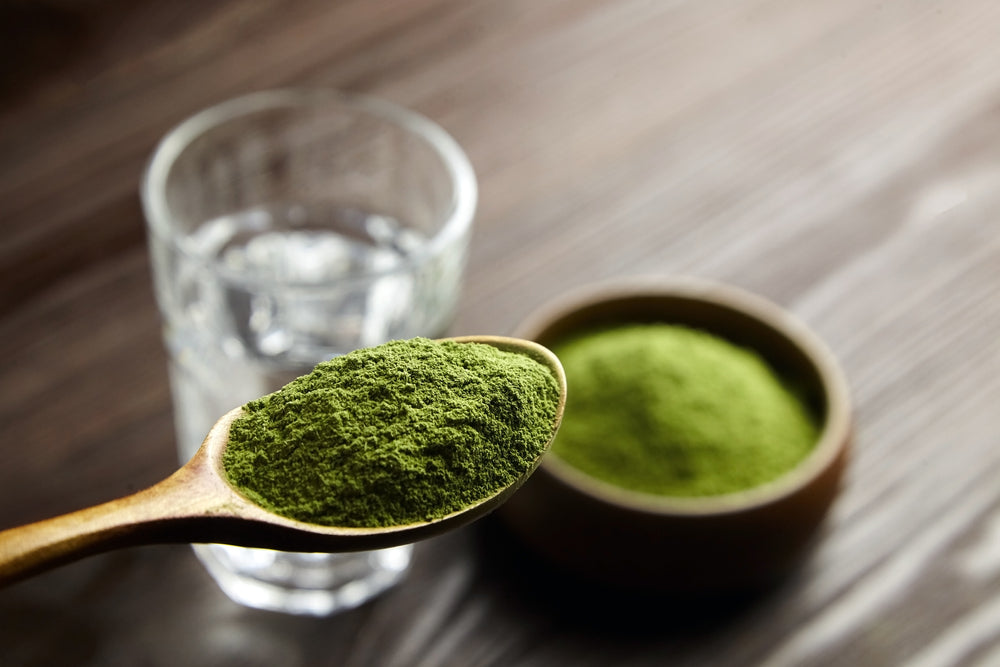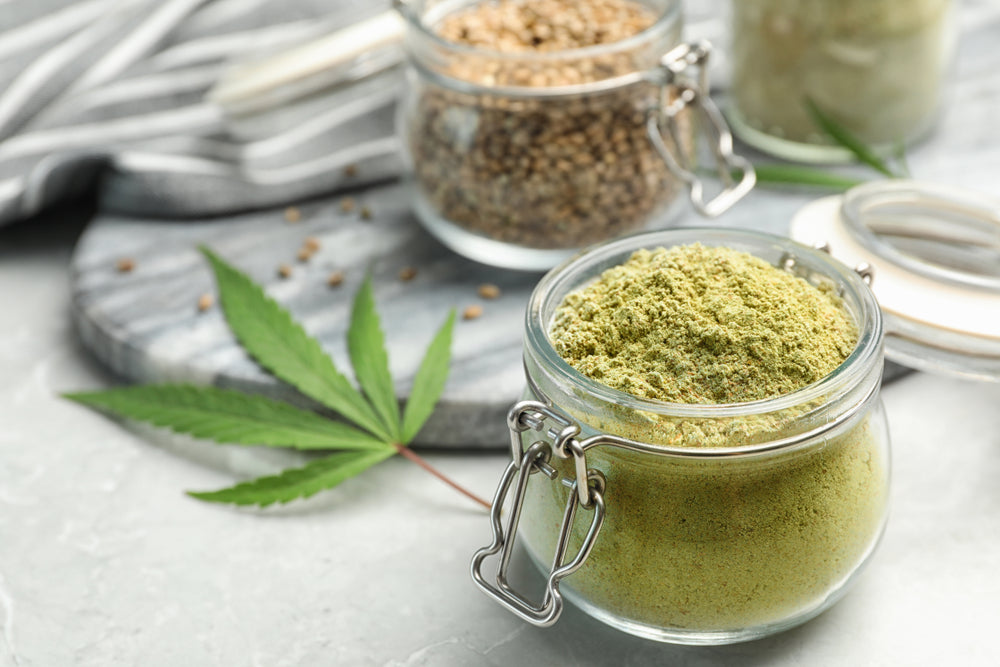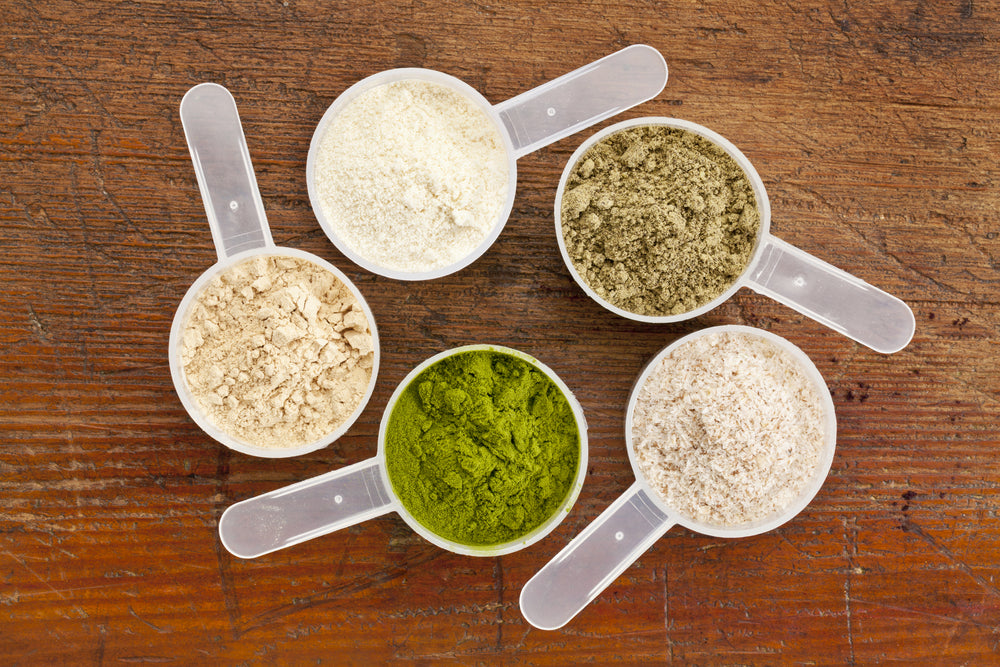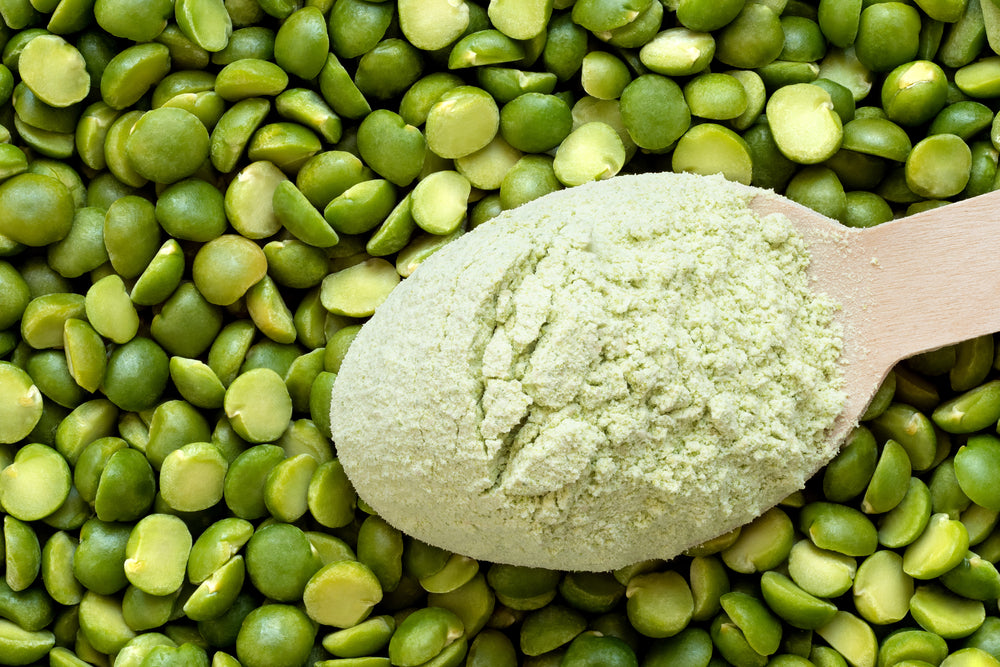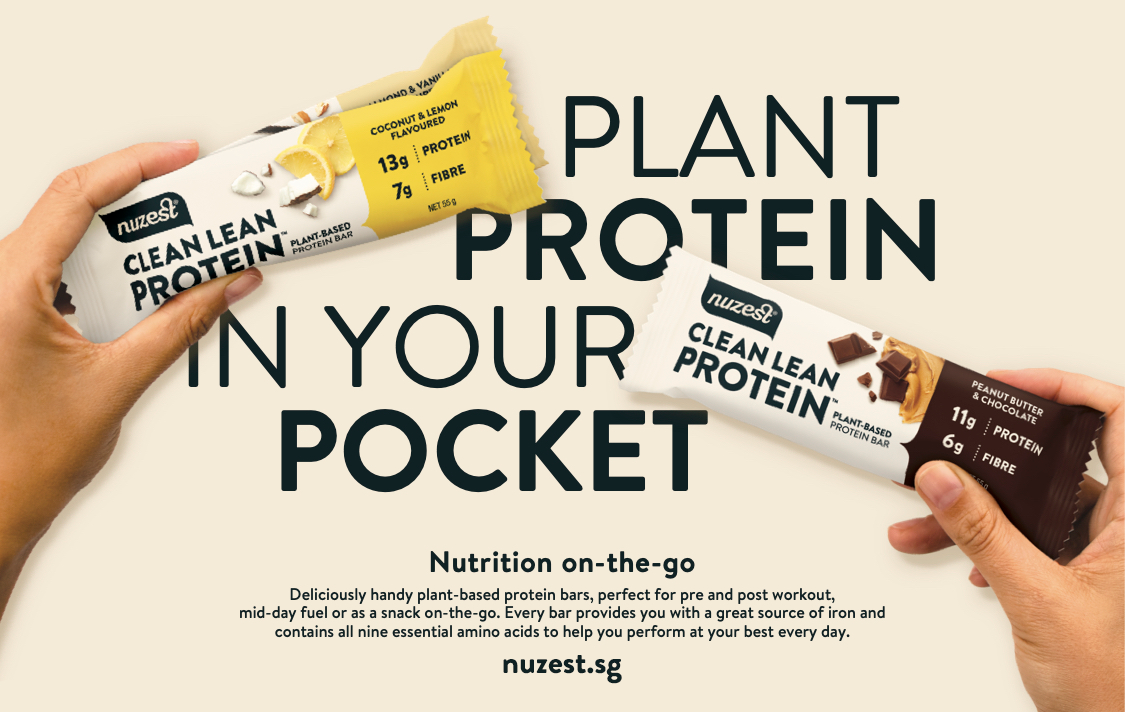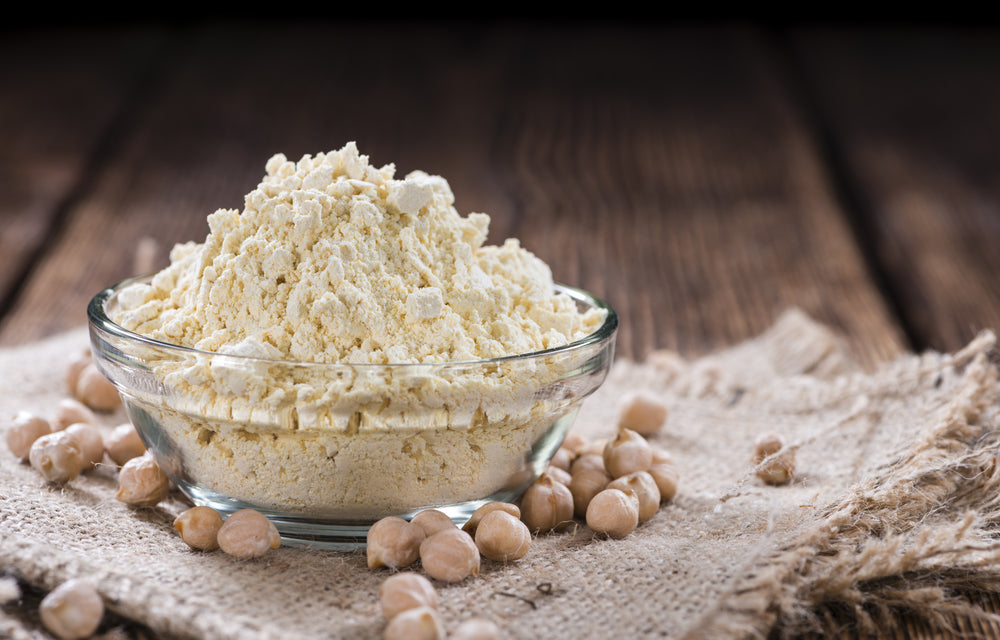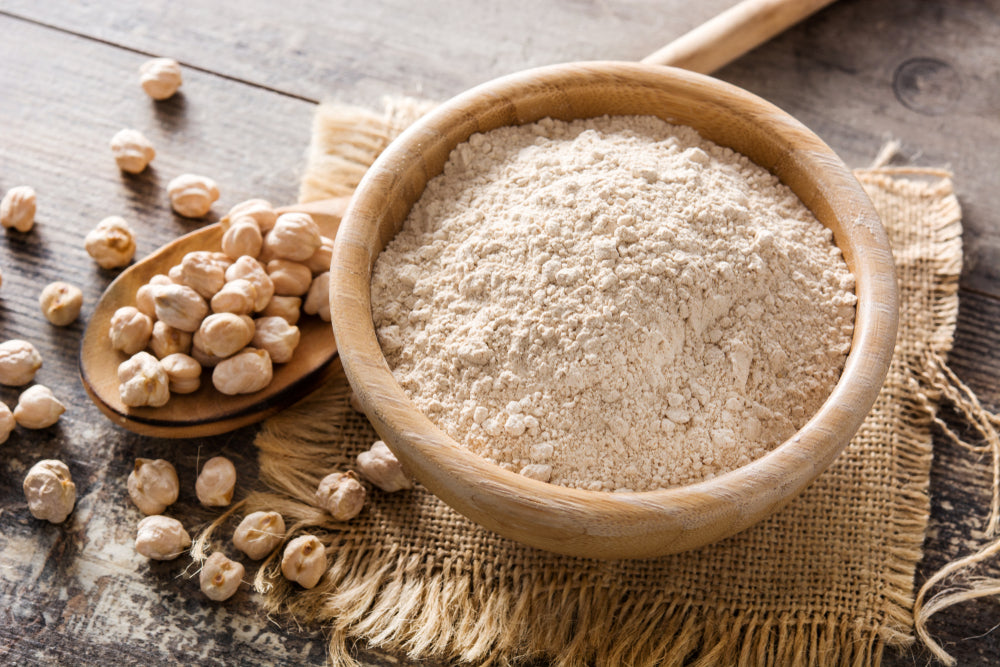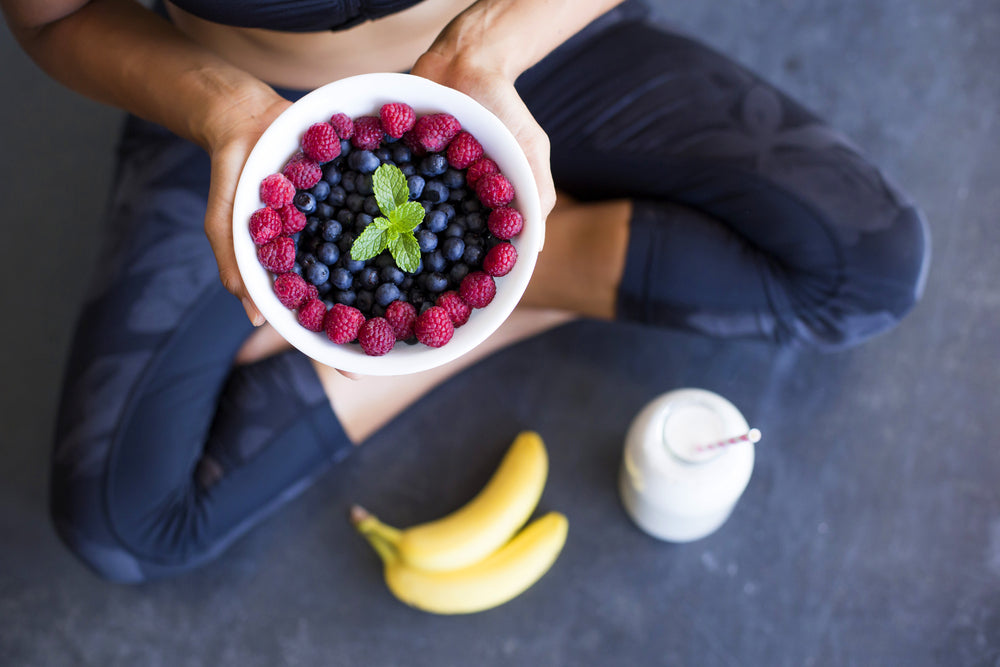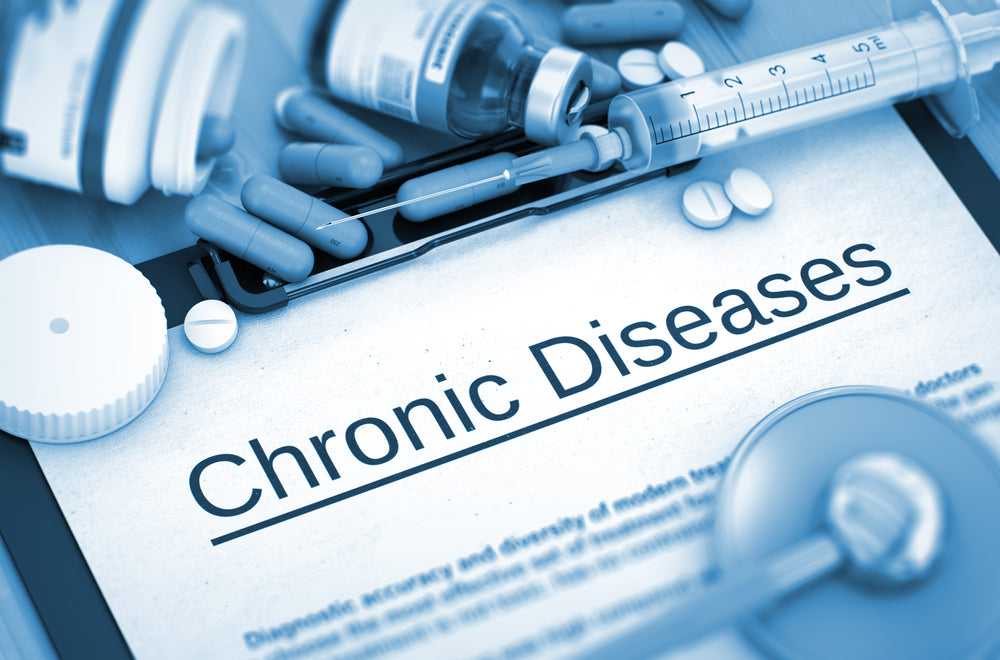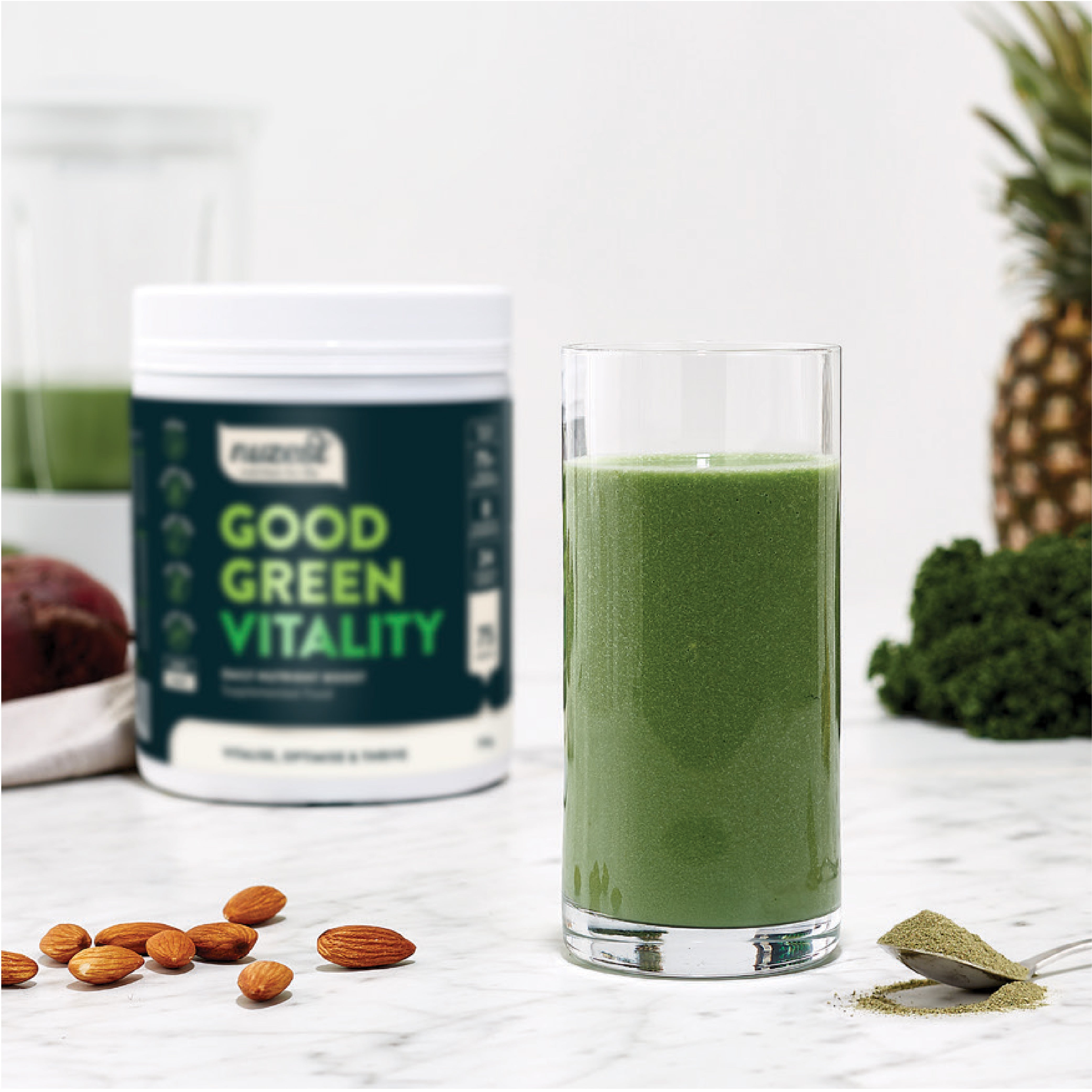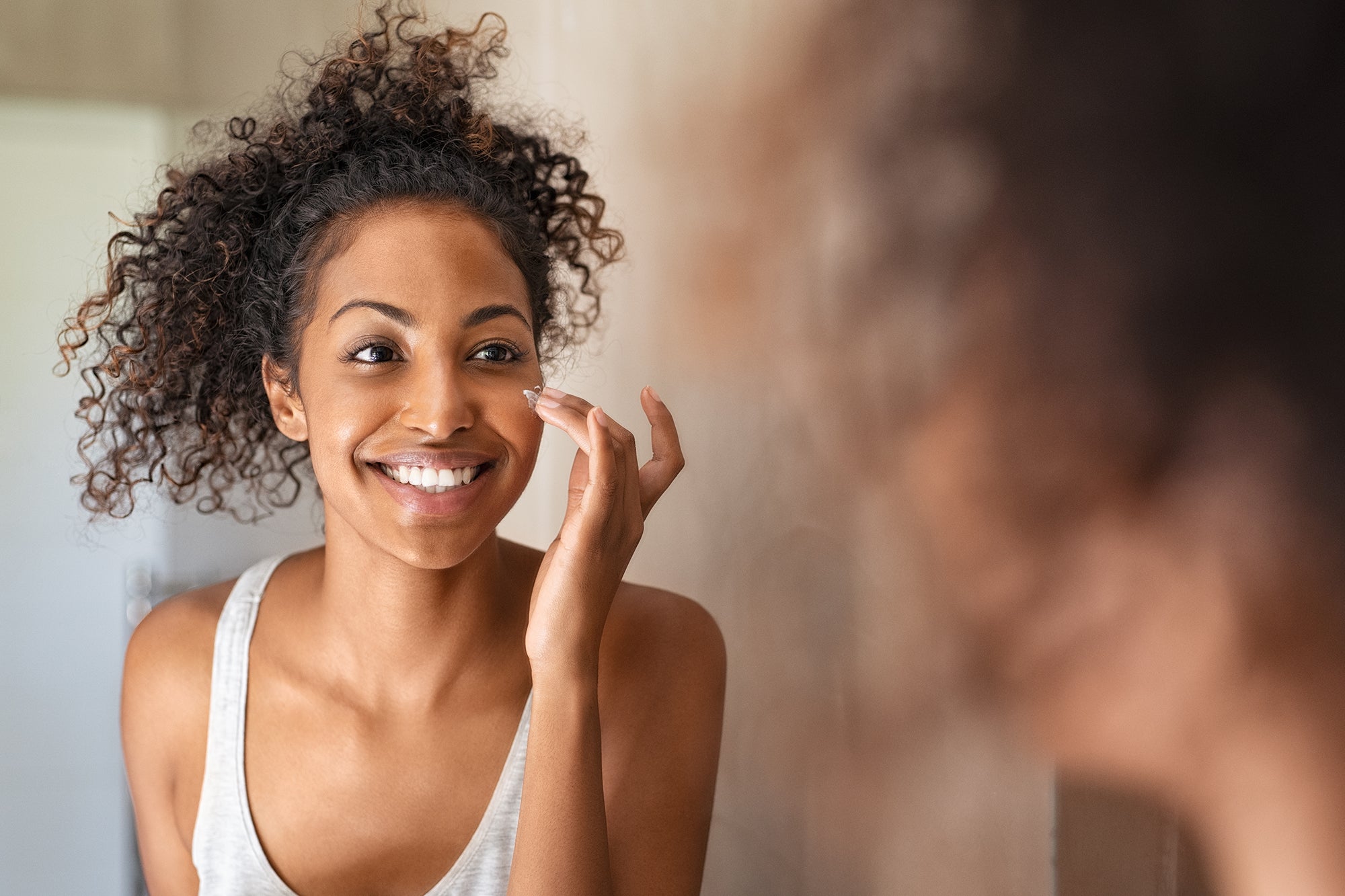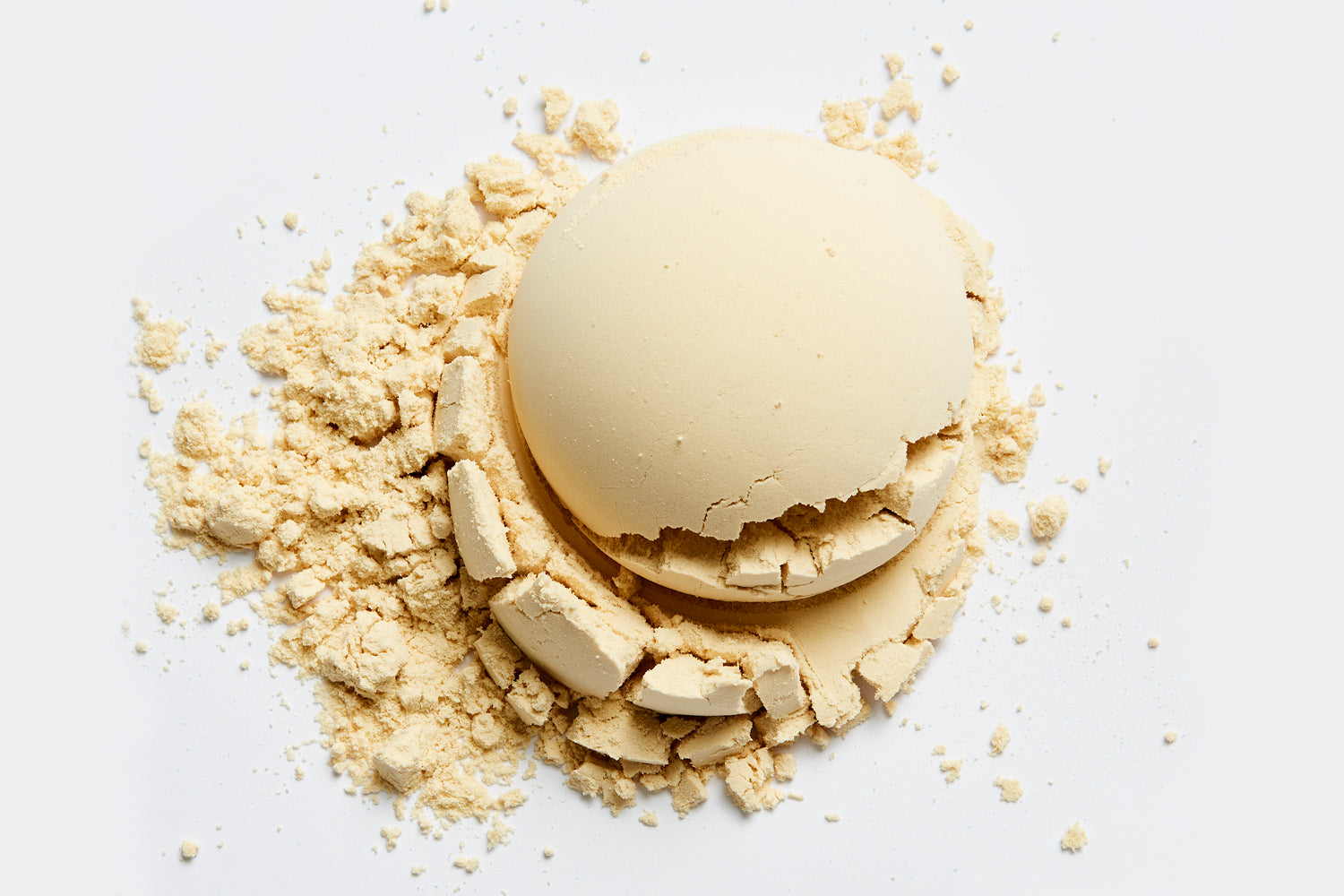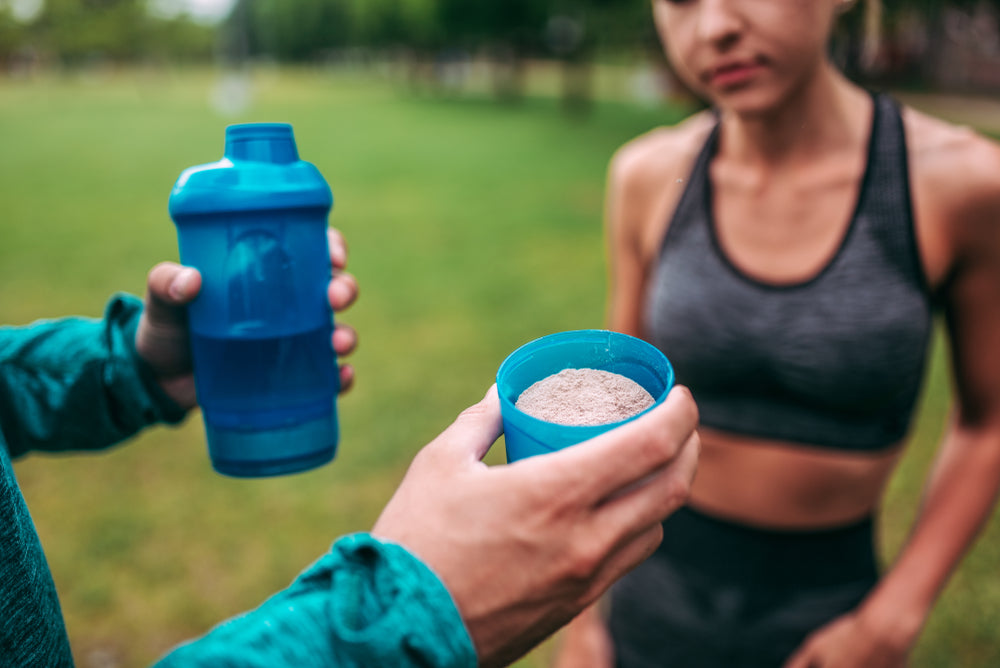Georgie Gunn
Author
You’ve heard of gut health. But what does it mean? The word ‘microbiota’ refers to the group of beneficial, and pathogenic (non-beneficial) micro-organisms found in a fixed environment, like the gut. Balancing the equilibrium of bacteria within the gut is what promotes good health.
What’s more, research has discovered a unique communication with these microbial cells found in our gut with fellow organs such as the brain. If this concept is confusing, it may help to think of the microbiota of each human organ telepathically talking to each other with a unique language. This communication only becomes loud and clear when the microbiota is diverse with beneficial bacteria. If you are interested in learning more about the gut-brain connection, click here.
This article will focus on interconnective roles of the gut and the skin (the body’s largest immune protective organ) - otherwise known as the gut-skin axis. Scientists are beginning to understand that microbes of the gut are vital to the immunologic, hormonal, and metabolic equilibrium of the skin.
The gut and skin are strongly interconnected with crucial immune regulating roles including1 :
- Providing a barrier to water loss and pathogens
- Protecting against diverse forms of trauma, including thermal, chemical and ultraviolet radiation
- Keeping us in touch with our environment through a host of nerve endings
- Regulating body temperature
- Enhances metabolic functions
- Synthesizes vitamin D
It does this through constant renewal of epidermal cells, a process by which skin regenerates itself. These epidermal cells differentiate into three cell types – basal cells, spinous cells, and granule cells – before ultimately becoming the outermost layer of the epidermis, or the surface of your skin.12
This is where the gut comes in. When epidermal turnover functions appropriately, the (roughly)15 layers of densely keratinized, stratified cells serve as an effective skin barrier with the ability to perform the functions mentioned above.1 This extensive process is beautifully orchestrated by the all-powerful intestinal microbiota, located a layer beneath the skin (see image below of the epidermis and microbiota).8 How? The gut flora can affect the skin more directly by transporting the gut microbiota to the skin. When the intestinal barrier is disrupted, gut microbiota and their metabolites quickly enter the bloodstream, accumulate in the skin, and disturb the skin equilibrium.8 Therefore, the skin microbiota is an essential part of human health.

That’s all well and good, but where is the science to back this theory? Let’s take a look at the ingredients of Good Green Vitality in more detail to show how using nutrients to optimise gut health improves skin integrity in return.
PROBIOTICS
Probiotics are beneficial bacteria which populate our gut with lovely microbes to assist with digestion.
Probiotics have also been proven to prevent skin bacterial infection and inflammation by strengthening our gut intestinal barrier, inhibiting harmful microorganisms, and stimulating epithelial cell proliferation and differentiation for skin regeneration. In contrast, pathogenic bacteria such as Cutibacterium acnes cause skin conditions, such as acne.8 Lactobacillus acidophilus and Bifidobacterium bifidum are specific probiotic strains which have been proven to reduce outbreaks of rosacea, acne, and atopic dermatitis - the most common skin conditions.7
ZINC
Similar to probiotics, zinc acts to maintain microbial inflammatory equilibrium, both in the gut and skin. Zinc is required as a structural component for over 300 enzymes and other proteins related to cell proliferation, survival and more, making skin repair almost impossible without sufficient levels.5
Disturbances in zinc metabolism may result in conditions that typically manifest themselves on the skin – not surprising considering zinc is present at 60 µg/g in the epidermis and 40 µg/g in the dermis (in other words, it is a key nutrient in skin health).2,4
DIETARY ENZYMES
Bromelain is a complex mixture of protease extracted from the fruit or stem of the pineapple plant. It is known for its anti-inflammatory, and immunomodulatory effects in addition to being a wound healing treatment. It influences the gut-skin axis by acting as an anti-adhesive and by stimulating intestinal secretory signalling pathways.11
PSYLLIUM & SLIPPERY ELM
Psyllium and slippery elm are widely used treatment for Irritable Bowel Syndrome.6,10 They are valuable, as are water-soluble fibres. When combined with water, psyllium husk and slippery elm become mucilaginous – they go gluggy! As a functional food, they become a source of soluble fibre that adds bulk to the stool. This helps to bulk stools and prevent both diarrhoea and constipation. Evidence suggests that both psyllium and slippery elm enhance microbial diversity via optimising digestion.6,10 What does this mean for the skin? A happy gut means optimal gut microbiomes needed to assist in skin regeneration. A beautiful cycle indeed!
ALOE VERA
Aloe vera is historically known for its ability to treat skin traumas such as burns, cuts, insect bites, and eczemas, as well as digestive problems. This is due to its anti-inflammatory and antimicrobial properties. This perennial herb contains more than 75 different compounds, including vitamins (vitamin A, C, E, and B12), enzymes (amylase, catalase, and peroxidase), and minerals (zinc, copper, selenium, and calcium).13 It’s no wonder it has been and remains a key treatment for skin health!
GINGER
Ginger - the aromatic, pungent plant with its distinctive flavour, has anti-inflammatory, anti-oxidative and antimicrobial potential which can help in treating infectious disease within skin and digestion.9 There’s a reason why for centuries we’ve put it in our teas, food, and medicinal products. What this super spice does for the gut-skin axis is to reduce inflammation and free radicals which can cause oxidative stress. Thank you ginger!

Here are 6 ways to enhance your skin health via the gut-skin axis:
- Include a largely wholefood diet rich in fruits, vegetables, wholegrains and lean proteins to feed your gut microbiome and enhance good gut bacteria.
- If you suffer from constipation or diarrhoea, chances are your gut is suffering and as a result, your skin also. Find the right diet for your tummy and you’ll find the right food for your skin! Do this with the help of a practitioner.
- Ensure you have adequate zinc levels and consider supplementation if you or your health care practitioner suspect low levels.
- Include Good Green Vitality daily to enhance your immune system and microbiome diversity when diet fails to do so.
- Without water, the skin cannot eliminate toxins. Aim for 33 ml/kg body weight daily.
- Consider supplementing with probiotics if skin conditions persist.
- Consult with a practitioner to get the best advice on which probiotics to take.
GOOD GREEN VITALITY
Made with real food, providing all-in-one nutritional support, free from all common allergens and containing absolutely zero bad stuff, Good Green Vitality is naturally good, easy-to-use, incredibly delicious and perfect for all members of the family.

Disclaimer: The information provided on Nuzest is for educational and informational purposes only. The information provided on this site is not, nor is it intended to be, a substitute for professional advice or care. Please speak to your qualified healthcare professional in the event that something you have read here raises questions or concerns regarding your health.
References
1.Abdo J, Sopko N, & Milner S. The applied anatomy of human skin: A model for regeneration. Wound Medicine. 2020;28, 100179.
2.Bin B. H, Hojyo S, Seo J, Hara T, Takagishi T, Mishima K, & Fukada T. The Role of the Slc39a Family of Zinc Transporters in Zinc Homeostasis in Skin. Nutrients. 2018;10(2):219.
3.Bustamante M, Oomah D, Oliveira P, Burgos-Díaz C, Rubilar M, & Shene C. Probiotics and prebiotics potential for the care of skin, female urogenital tract, and respiratory tract. Folia microbiologica. 2020; 65(2):245–264.
4.Glutsch V, Hamm H, & Goebeler M. Zinc and skin: an update. Journal of the German Society of Dermatology. 2019.
5.Gupta M, Mahajan K, Mehta S, & Chauhan S. Zinc therapy in dermatology: a review. Dermatology research and practice. 2014.
6.Jalanka J, Major G, Murray K, Singh G, Nowak A, Kurt C, Silos-Santiago I, Johnston M, de Vos M, & Spiller R. The Effect of Psyllium Husk on Intestinal Microbiota in Constipated Patients and Healthy Controls. International journal of molecular sciences. 2019.
7.Kober M, & Bowe P. The effect of probiotics on immune regulation, acne, and photoaging. International journal of women's dermatology. 2015.
8.Lee B, Byun J, & Kim S. Potential Role of the Microbiome in Acne: A Comprehensive Review. Journal of clinical medicine. 2019.
9.Mashhadi S, Ghiasvand R, Askari G, Hariri M, Darvishi L, & Mofid R. Anti-oxidative and anti-inflammatory effects of ginger in health and physical activity: review of current evidence. International journal of preventive medicine. 2013.
10.Peterson T, Sharma V, Uchitel S, Denniston K, Chopra D, Mills J, & Peterson N. Prebiotic Potential of Herbal Medicines Used in Digestive Health and Disease. Journal of alternative and complementary medicine, New York, N.Y; 2018.
11.Rathnavelu V, Alitheen B, Sohila S, Kanagesan S, & Ramesh R. Potential role of bromelain in clinical and therapeutic applications. Biomedical reports. 2016.
12.Salem I, Ramser A, Isham N, & Ghannoum A. The Gut Microbiome as a Major Regulator of the Gut-Skin Axis. Frontiers in microbiology. 2018;(9):1459.
13.Sánchez M, González-Burgos E, Iglesias I, Gómez-Serranillos M. Pharmacological Update Properties of Aloe Vera and its Major Active Constituents. Molecules. 2020.


